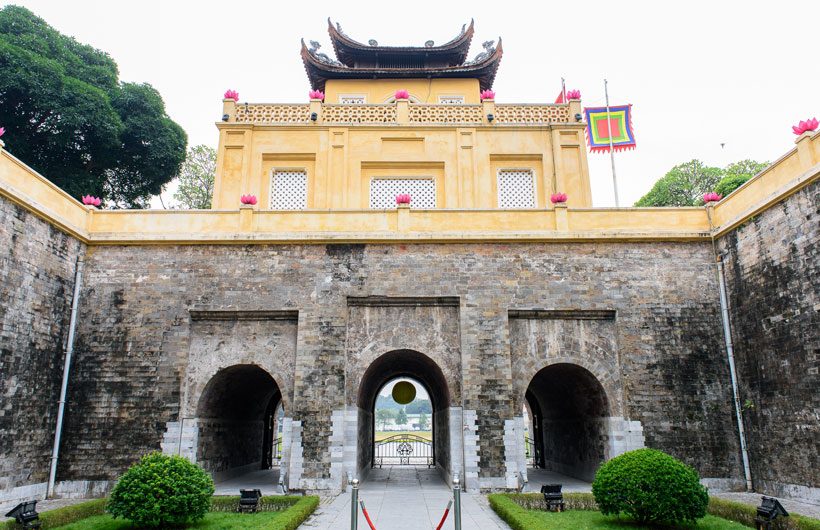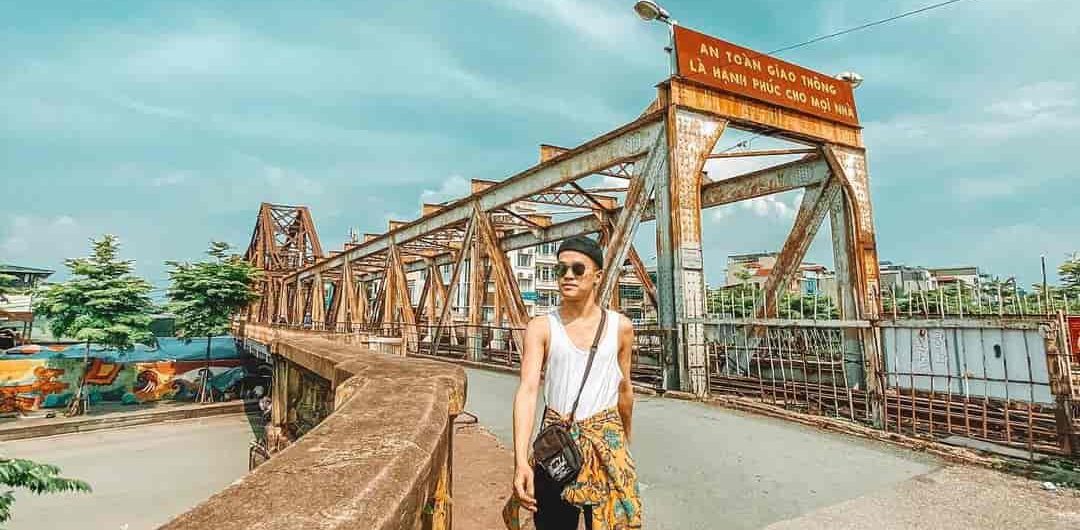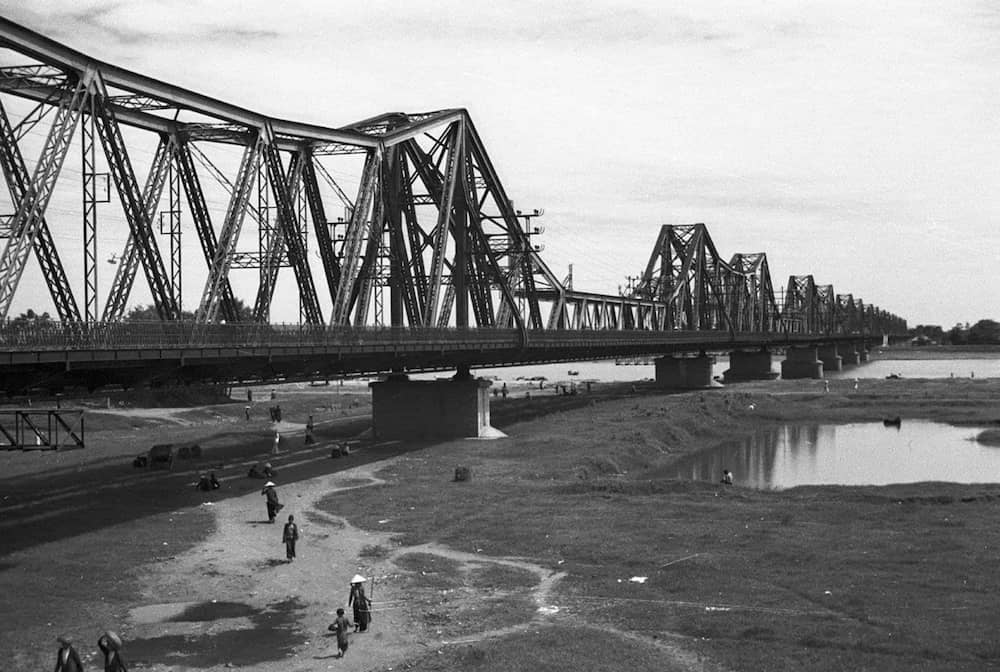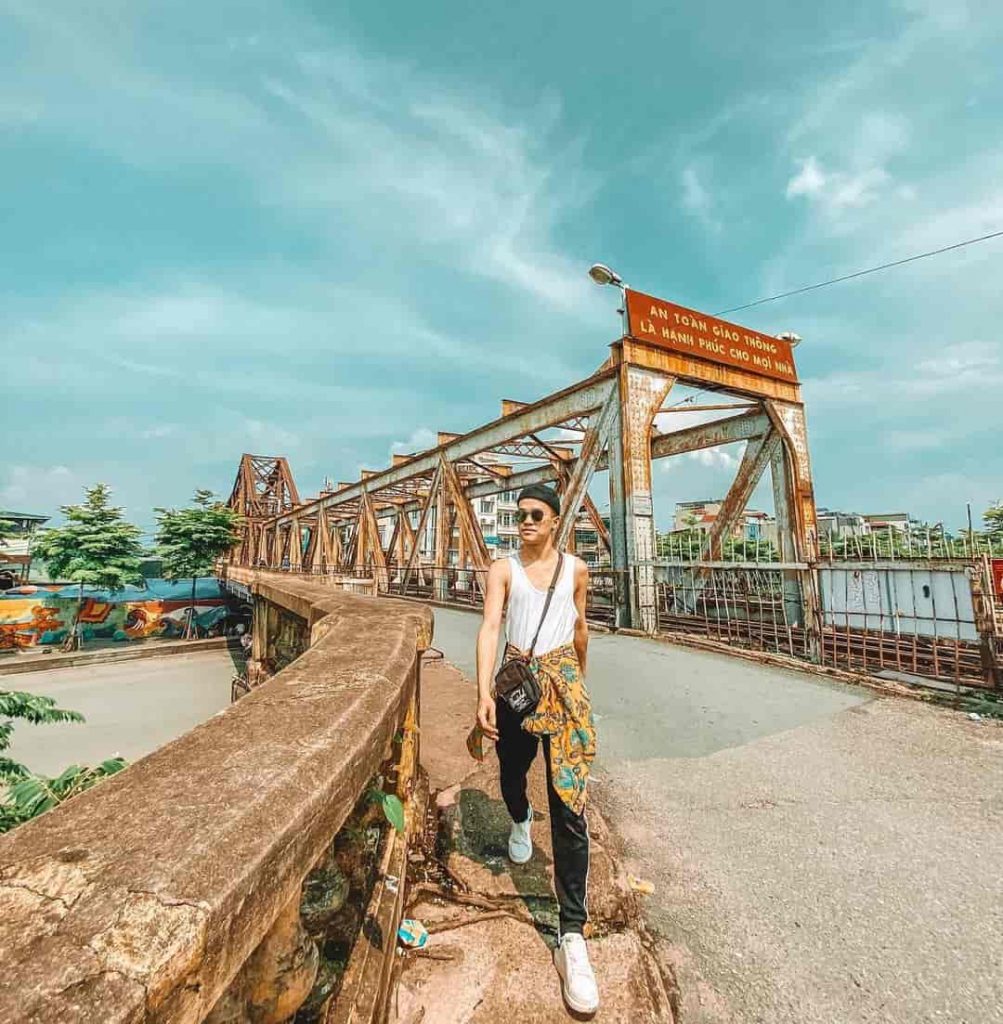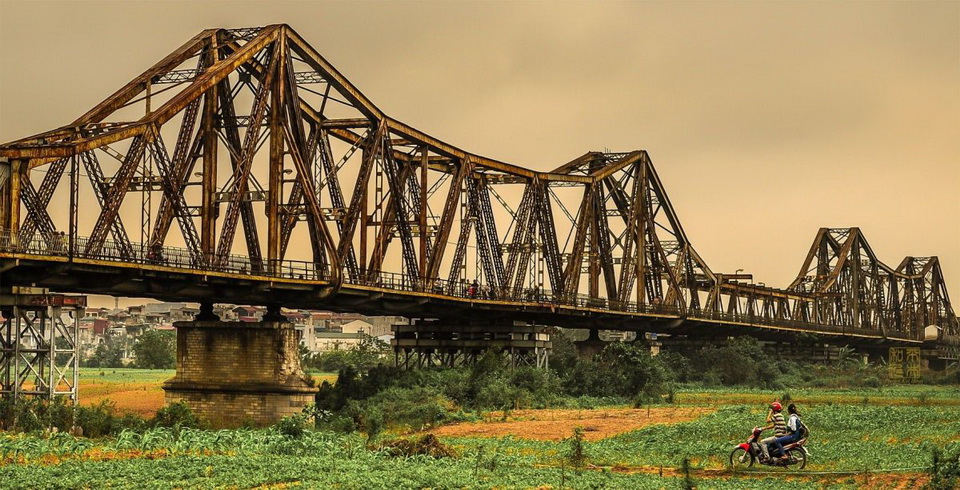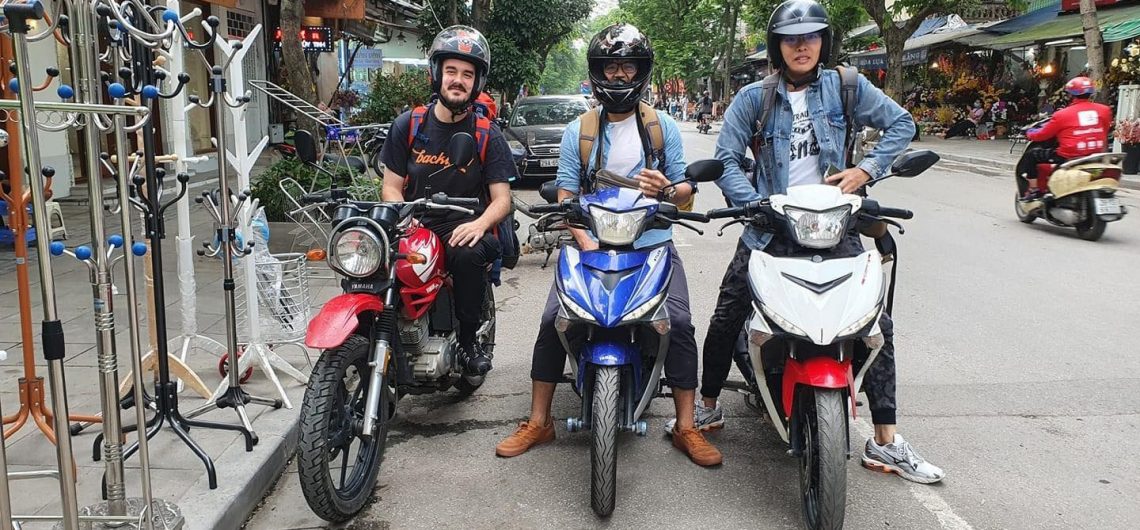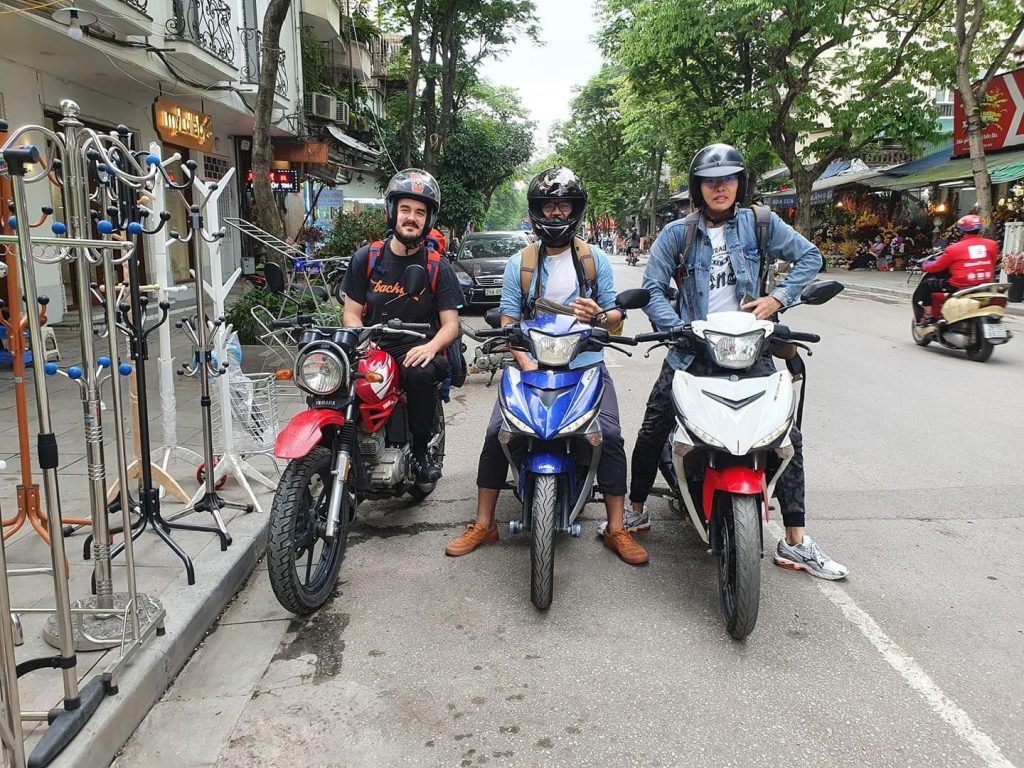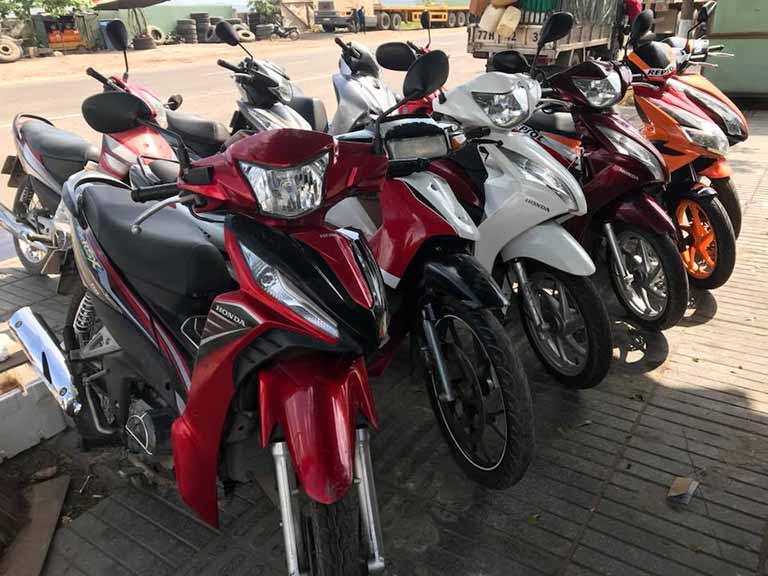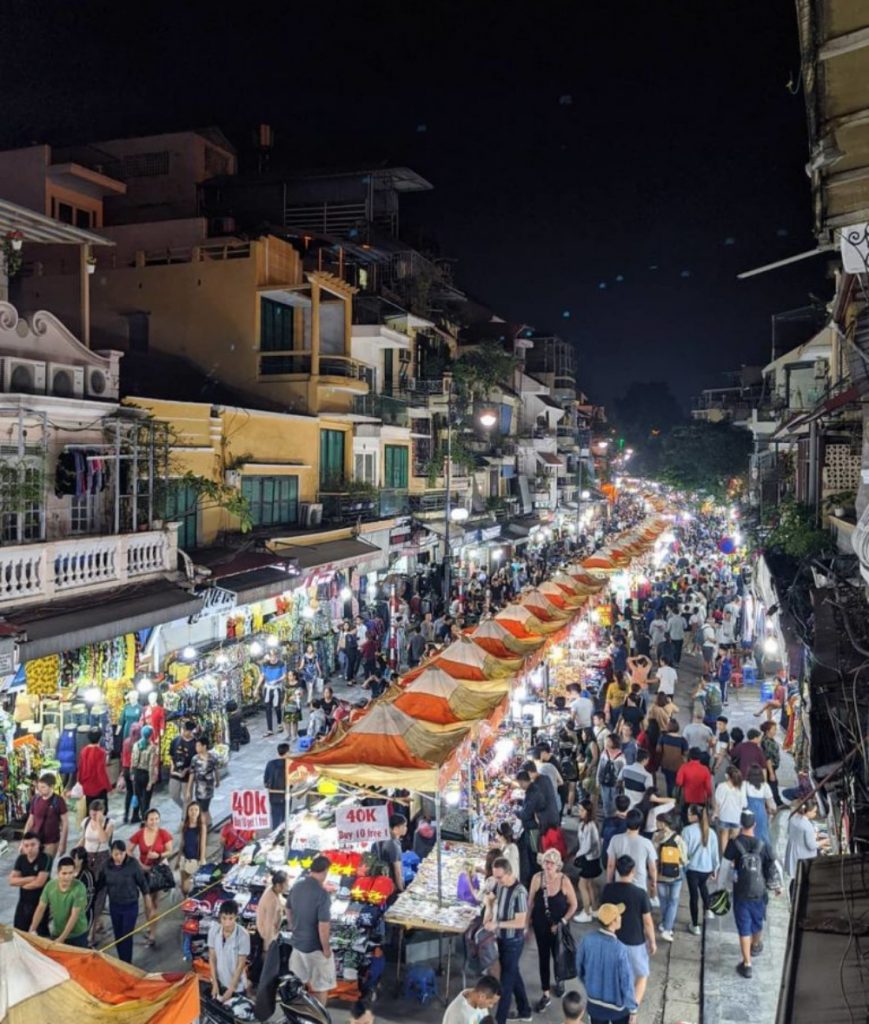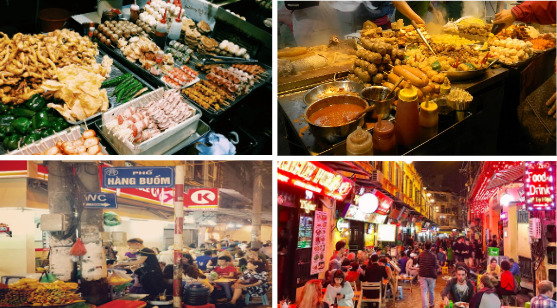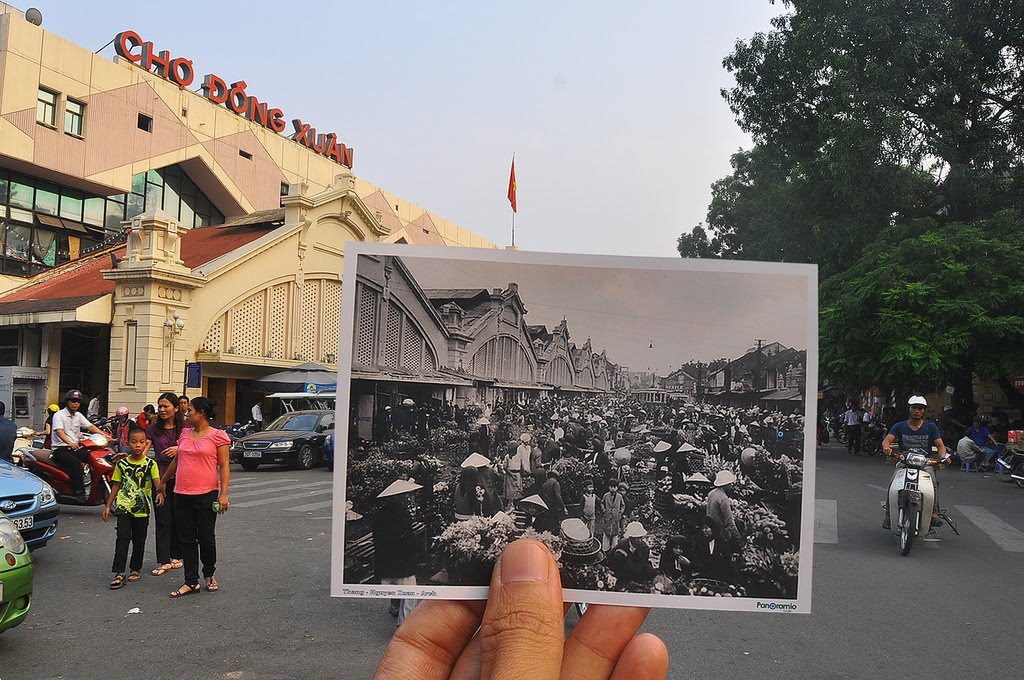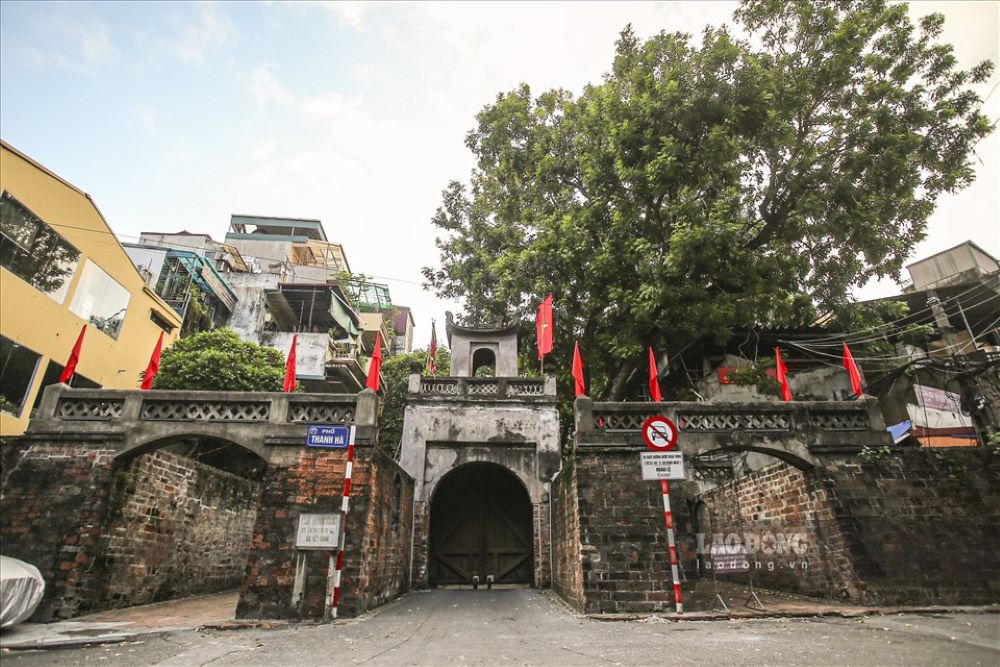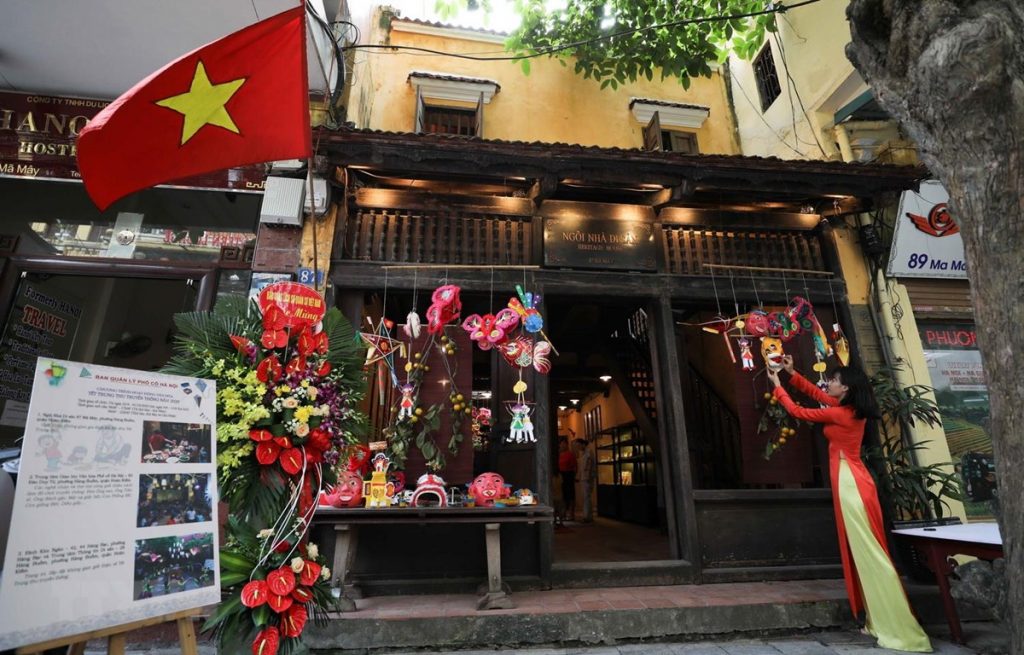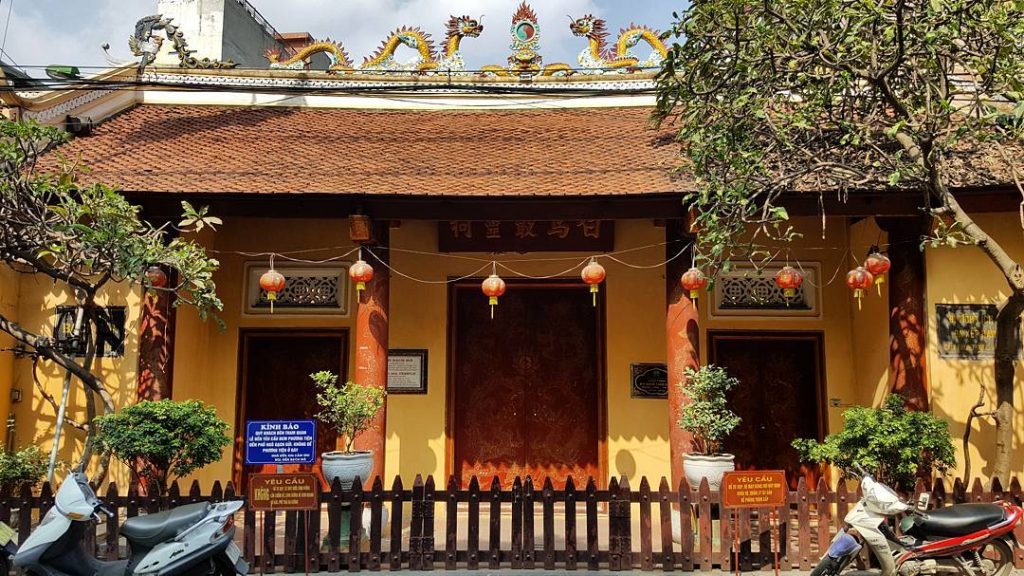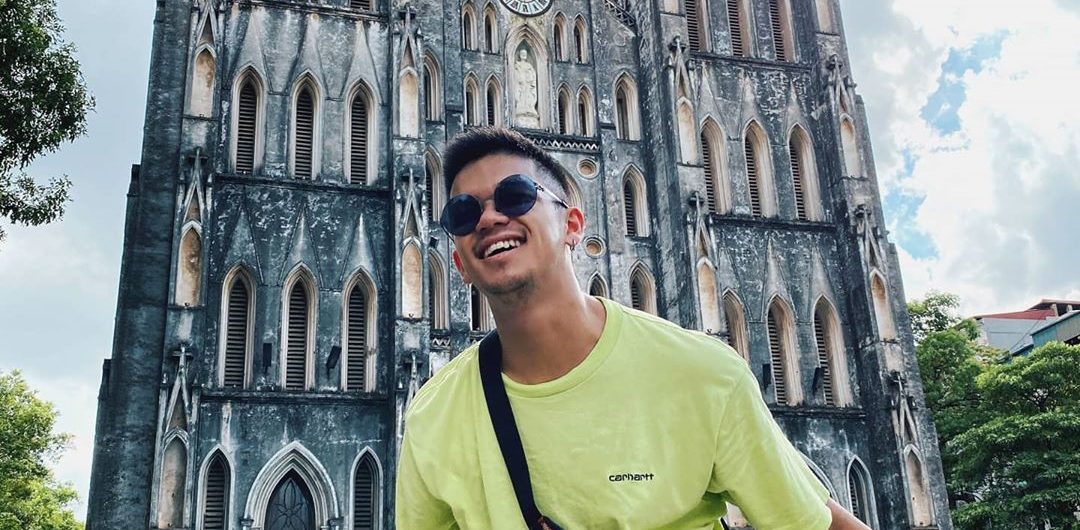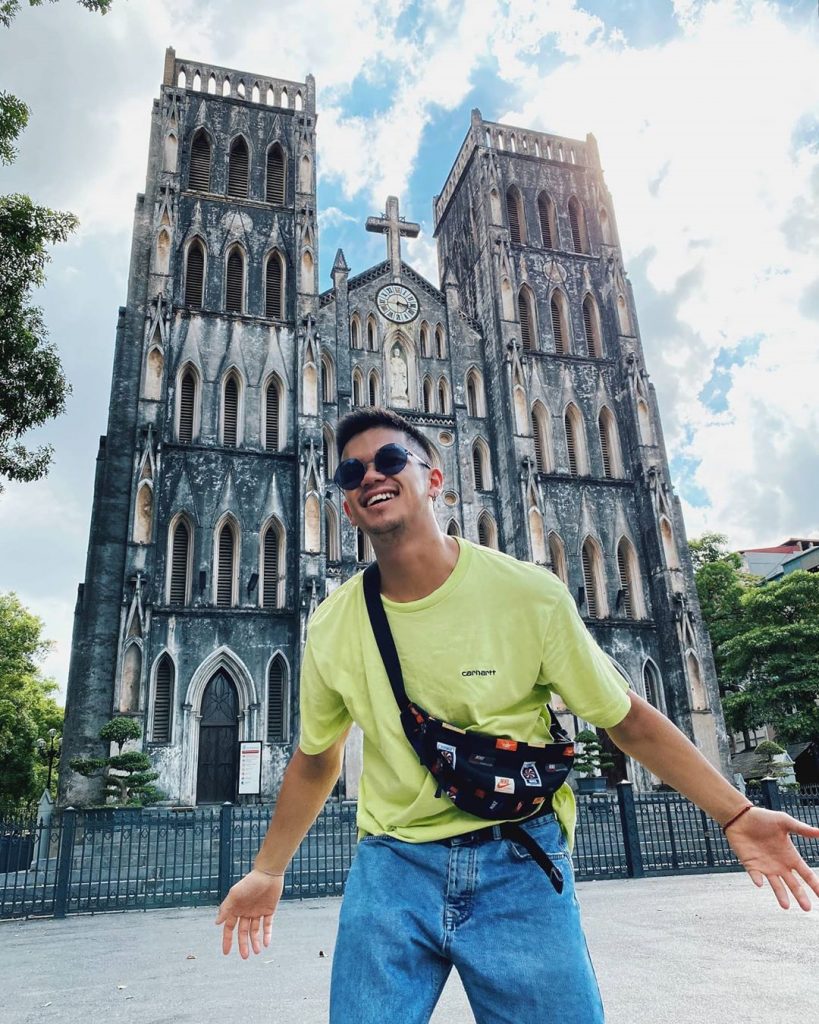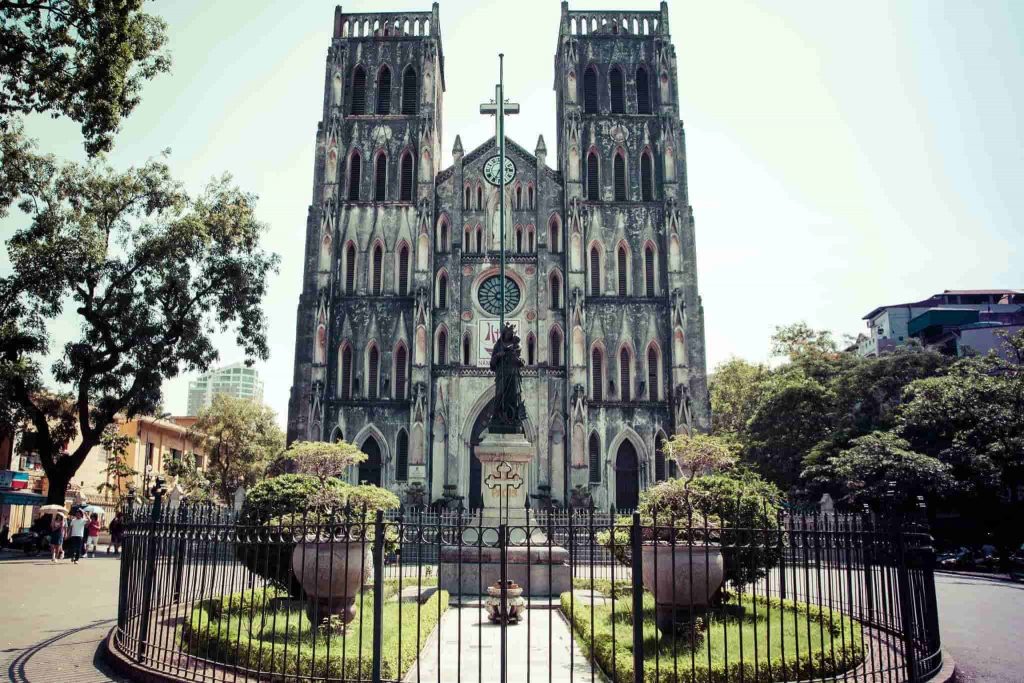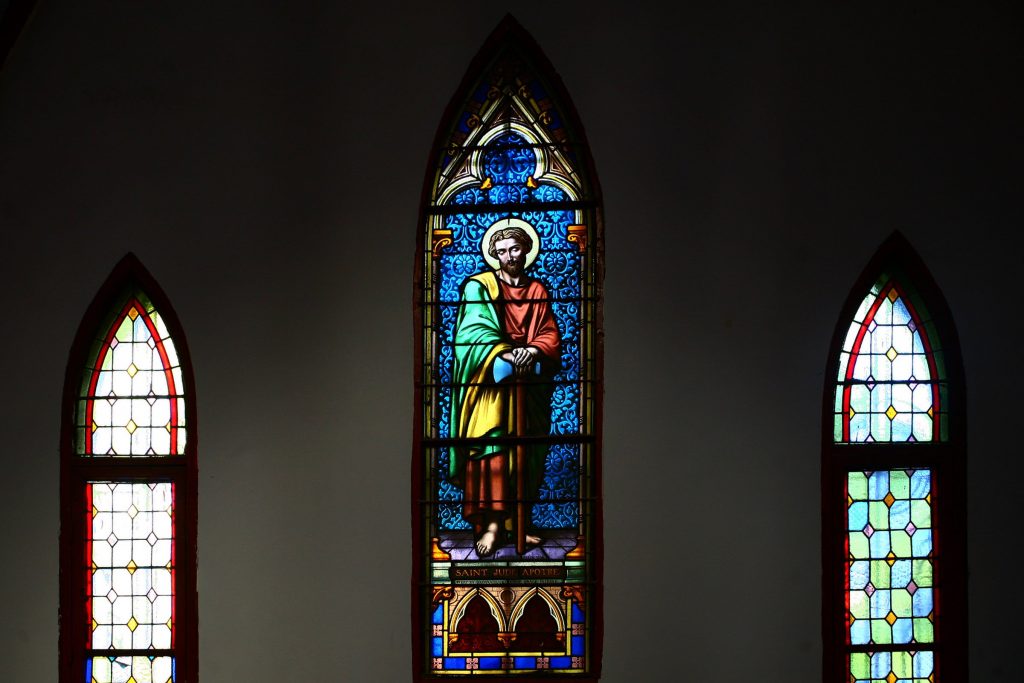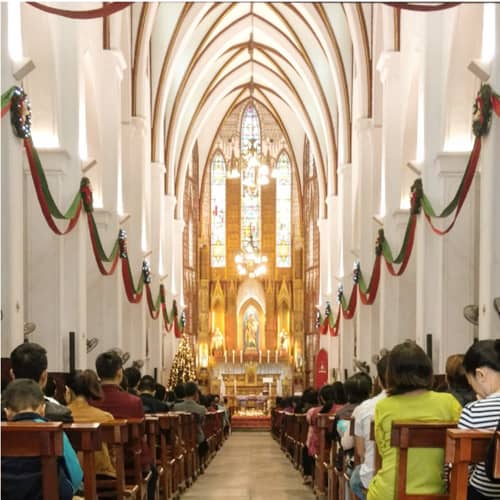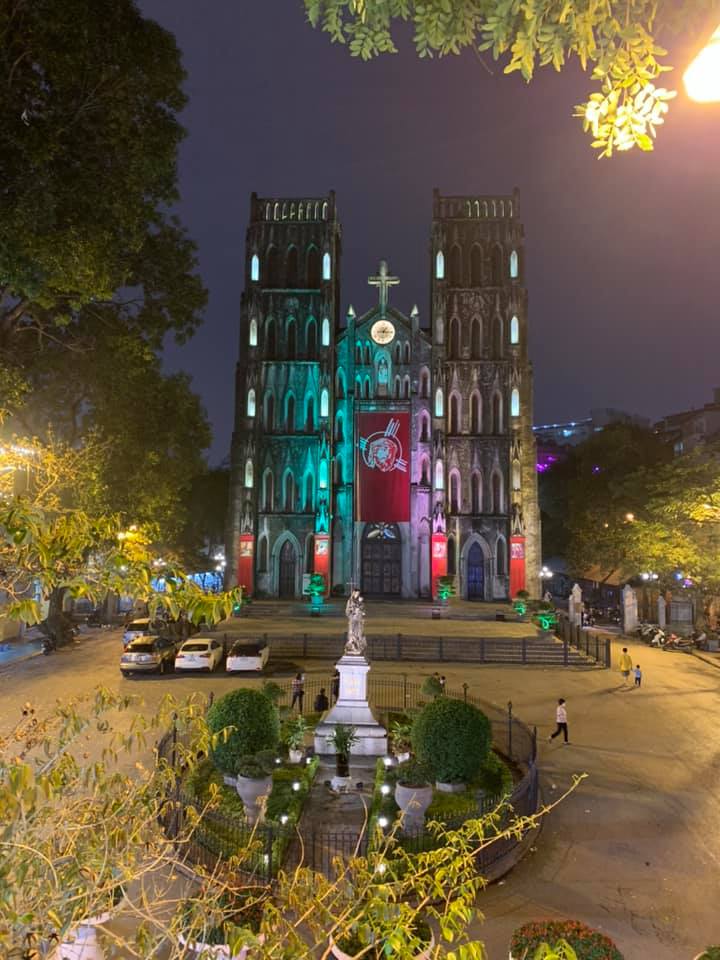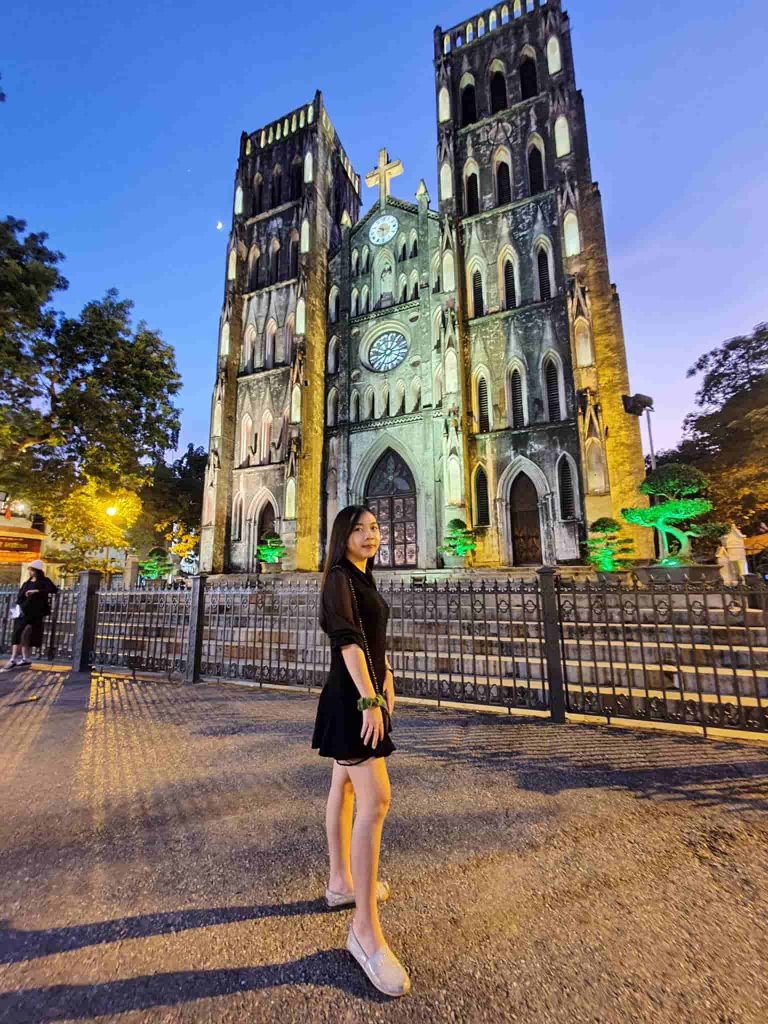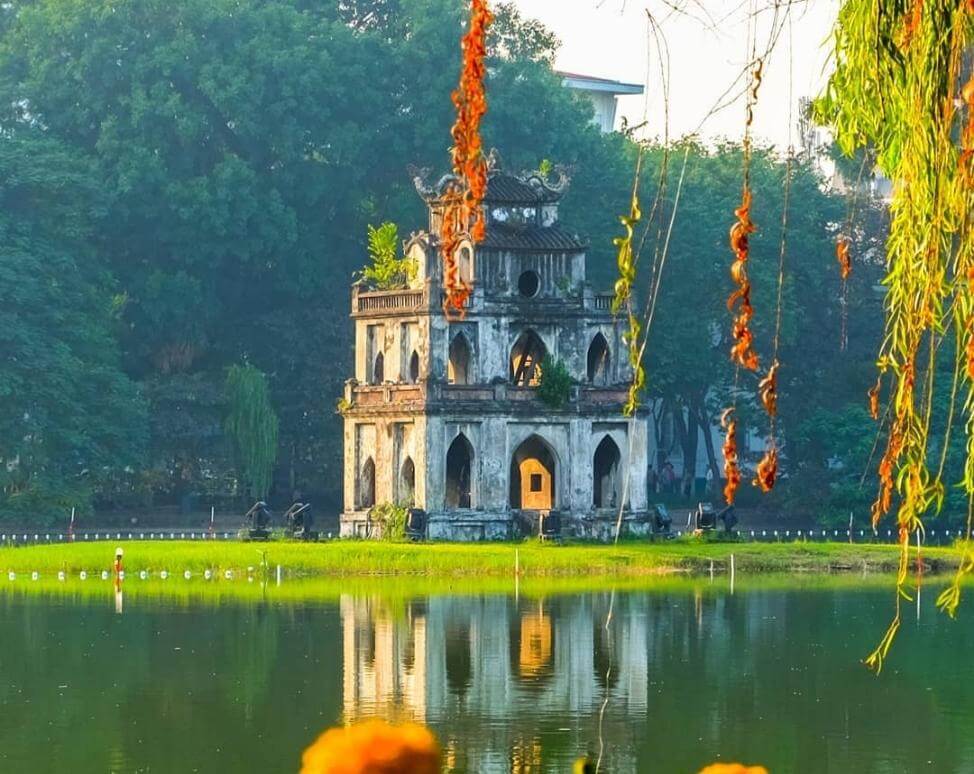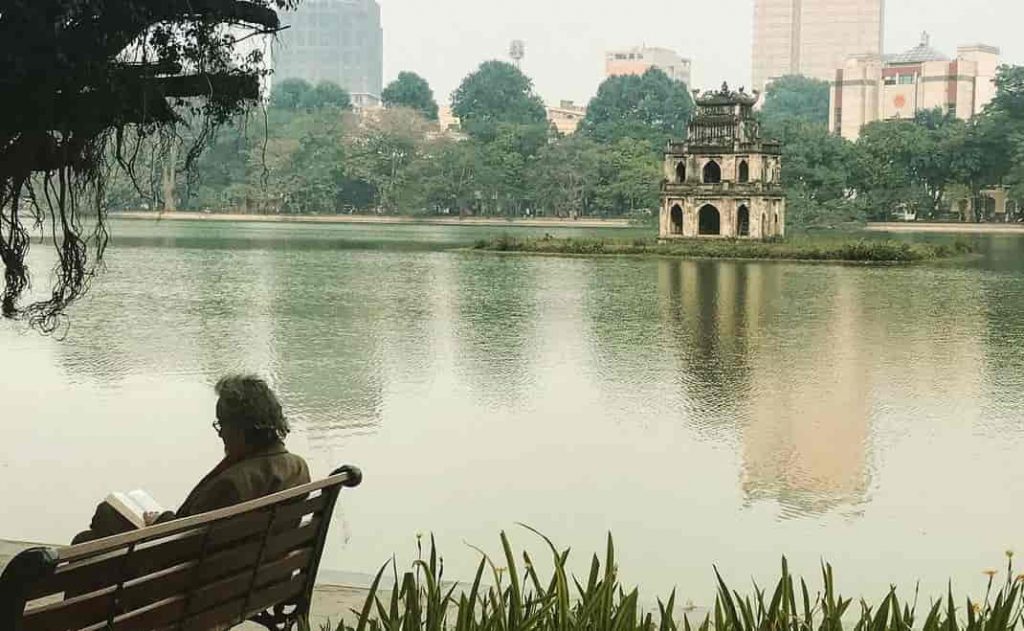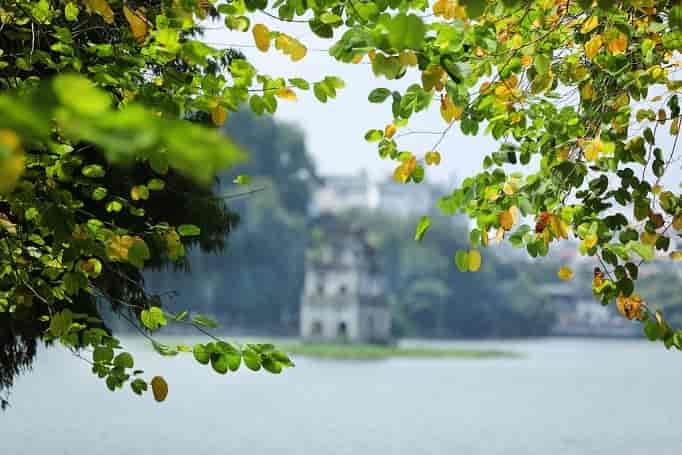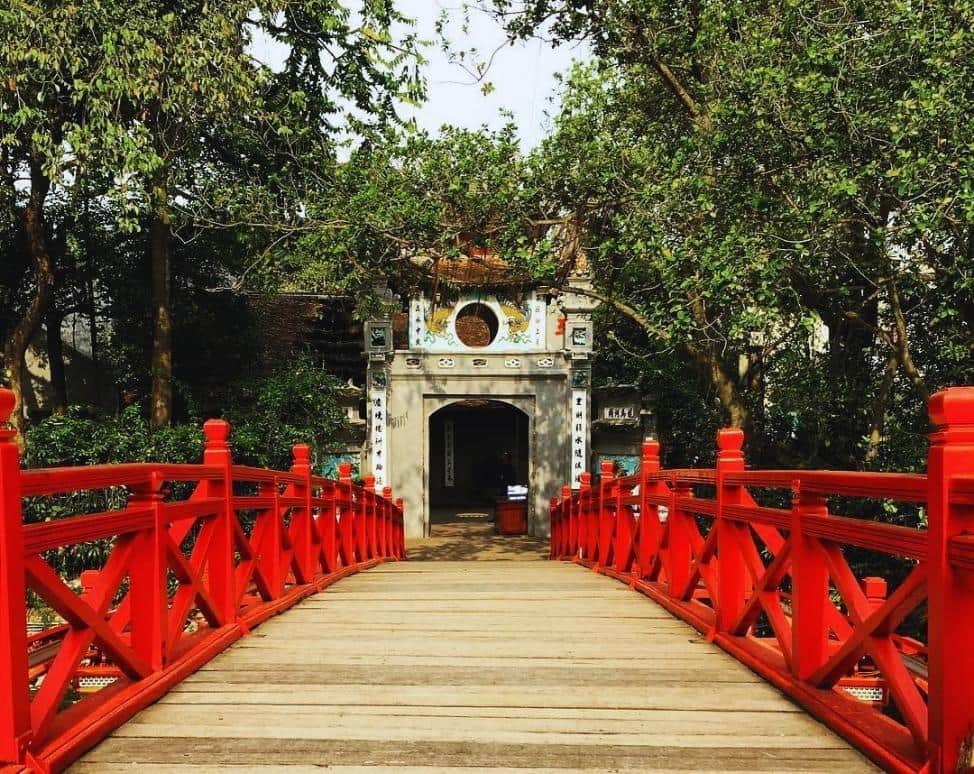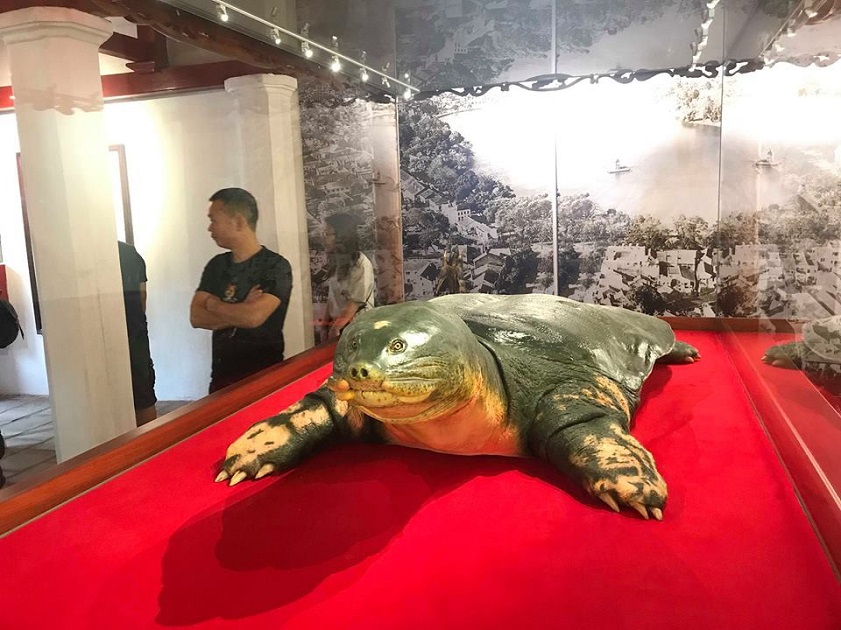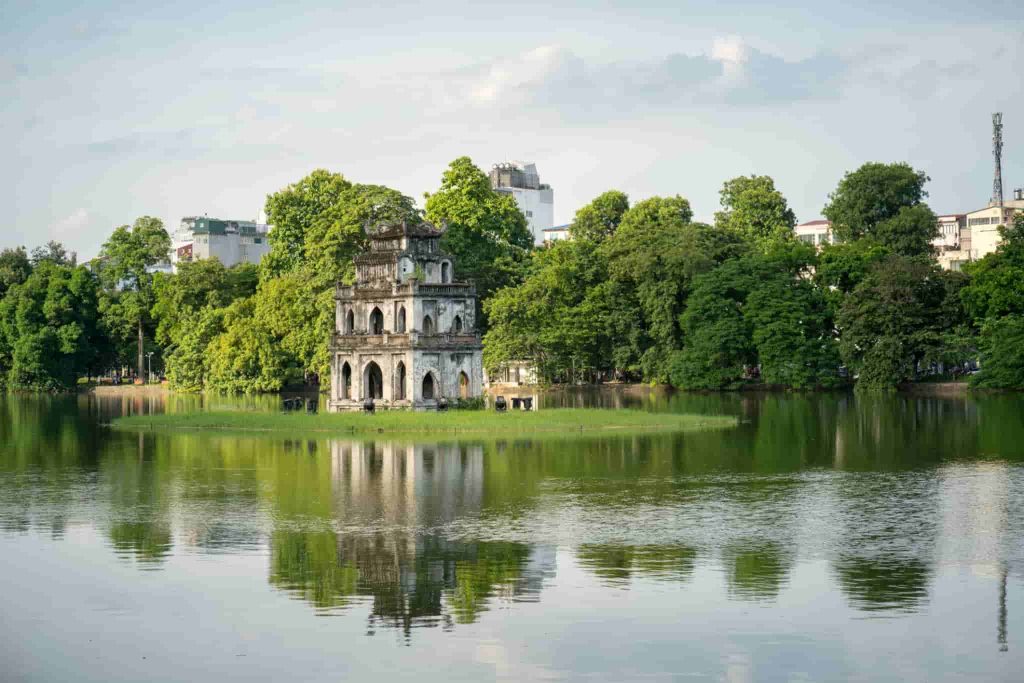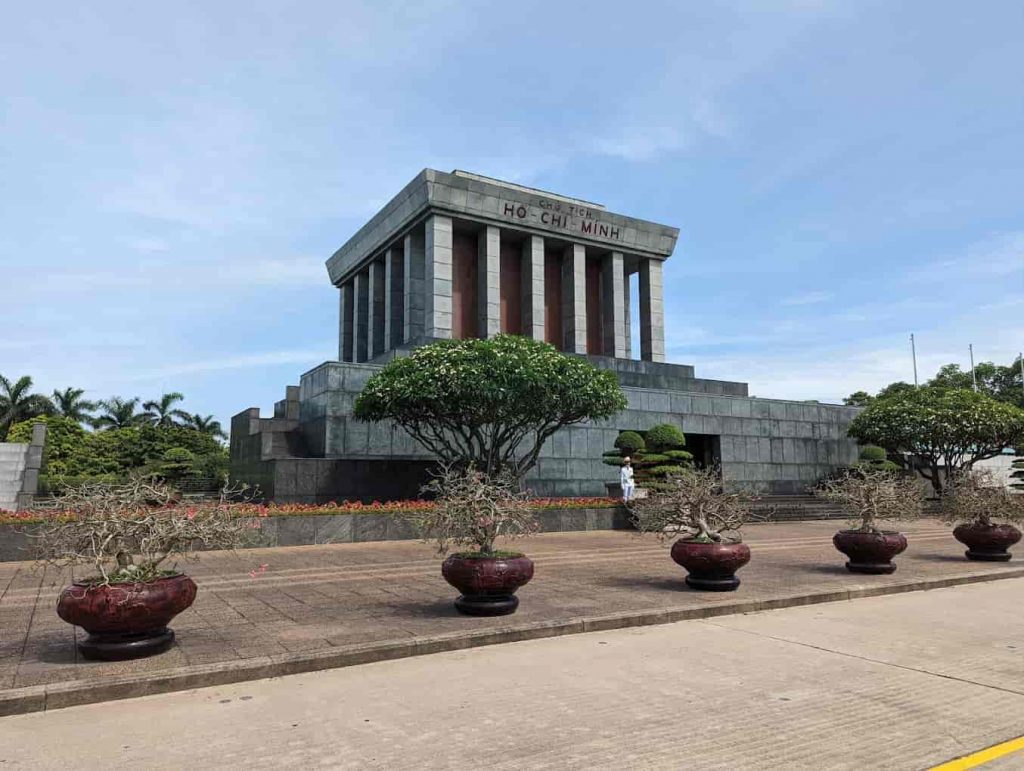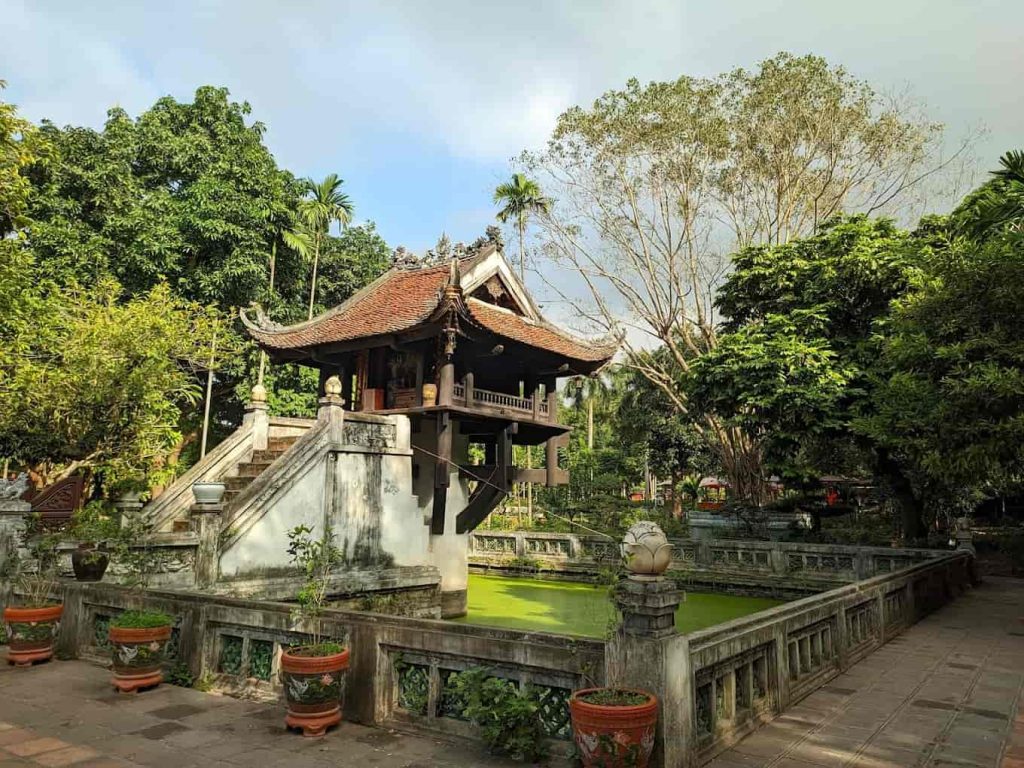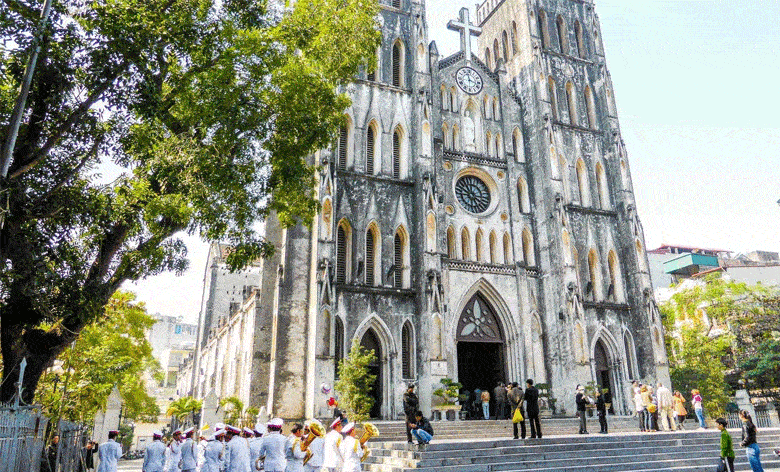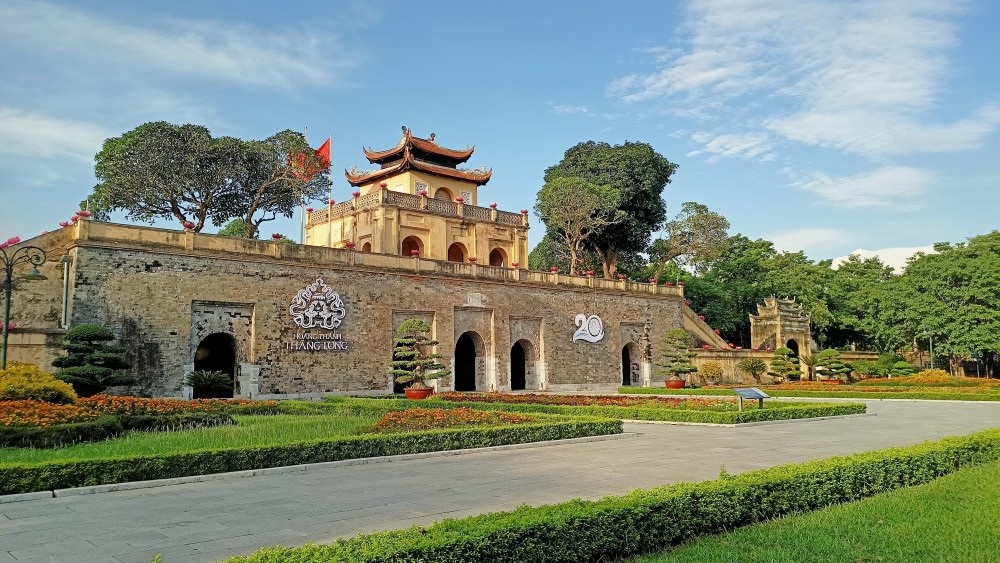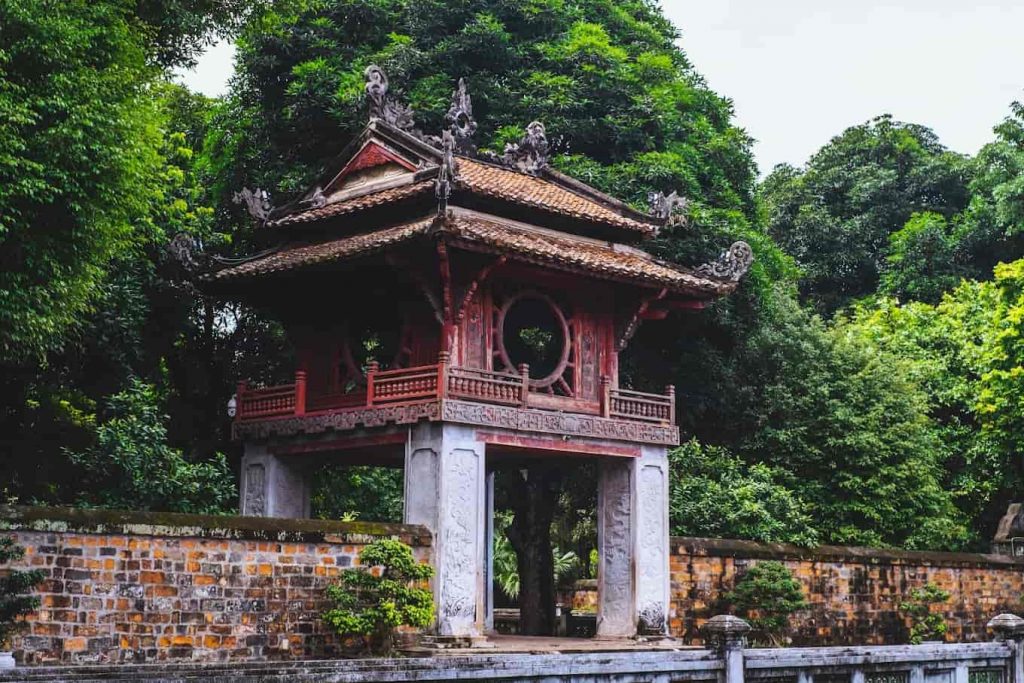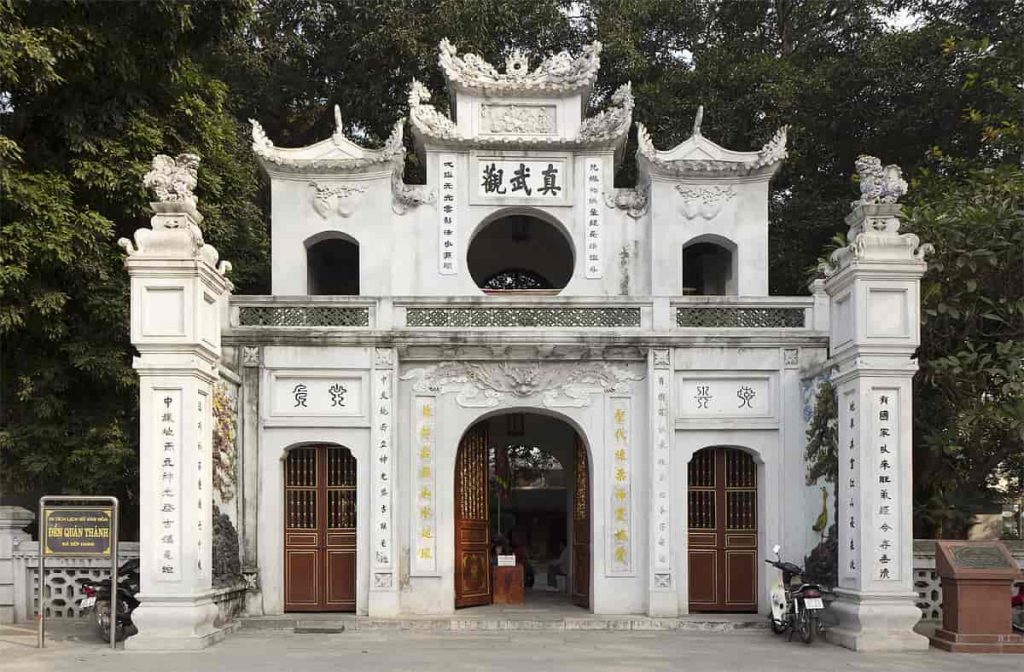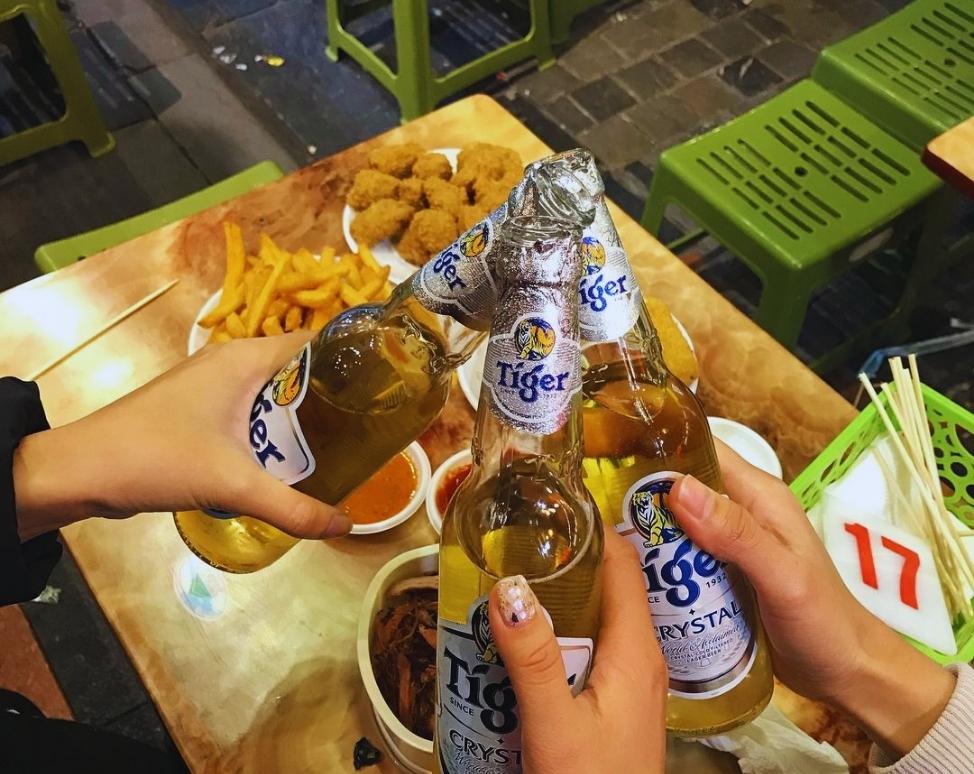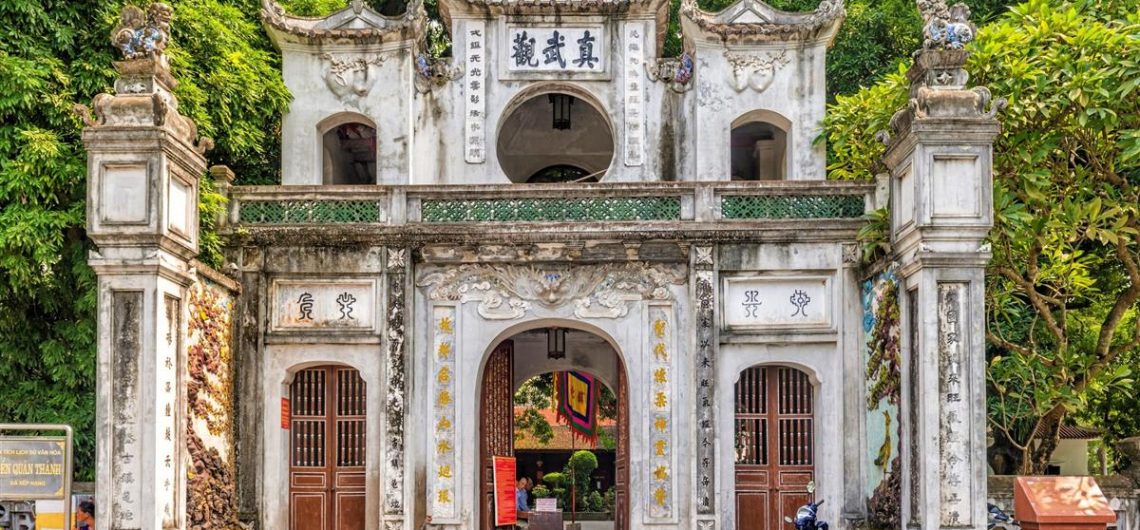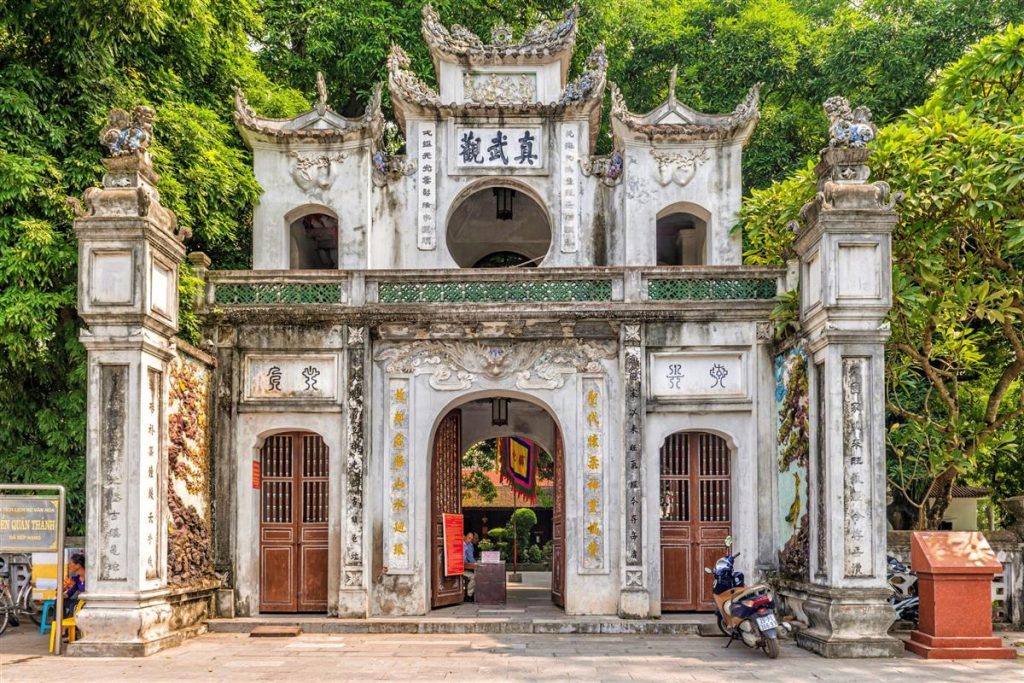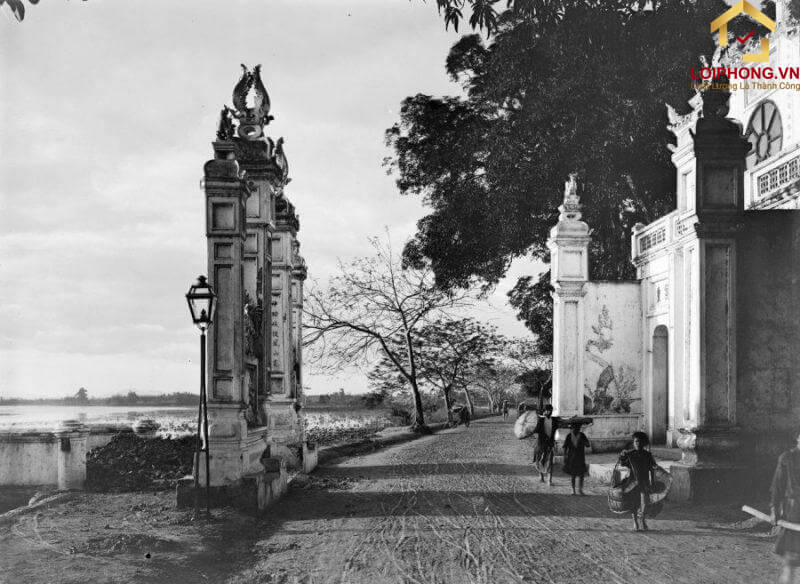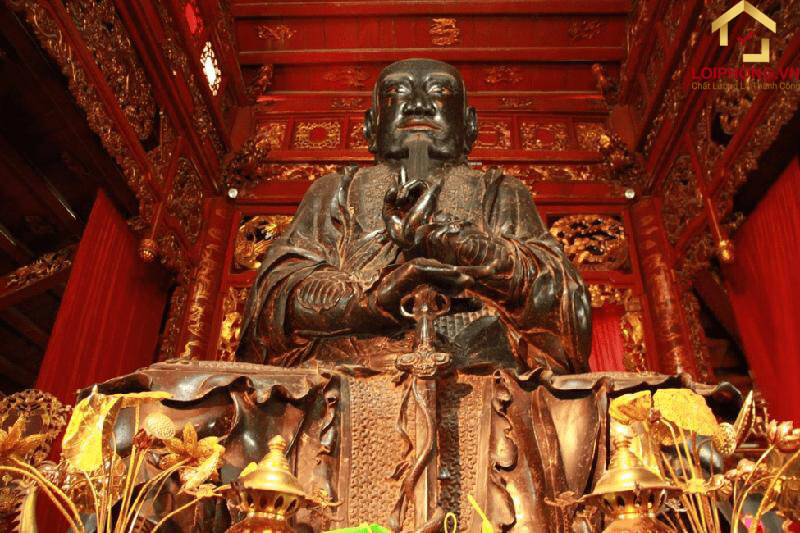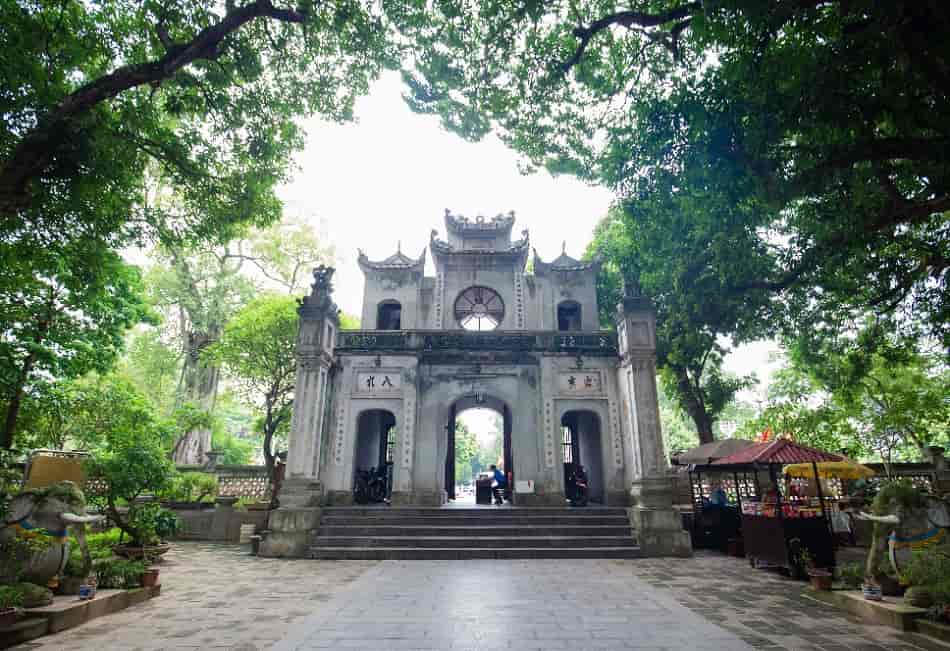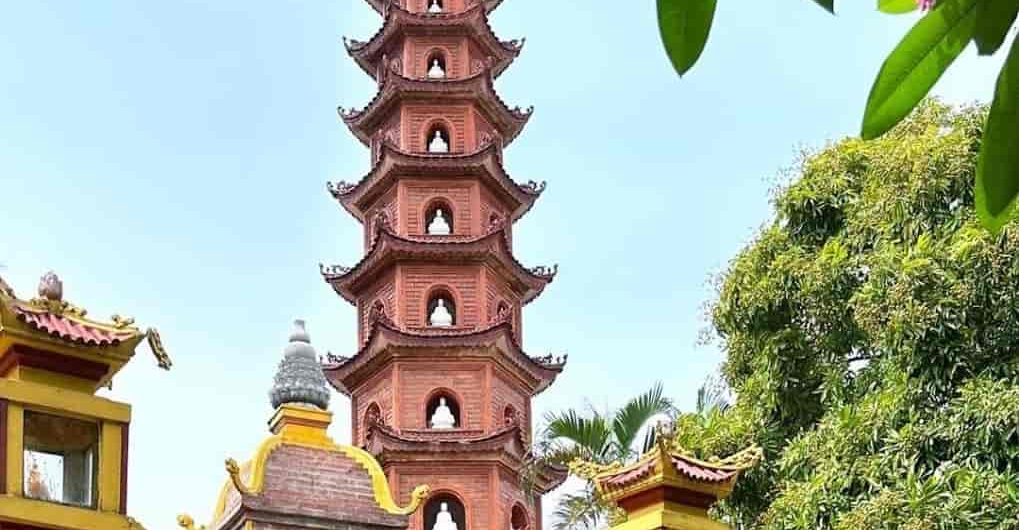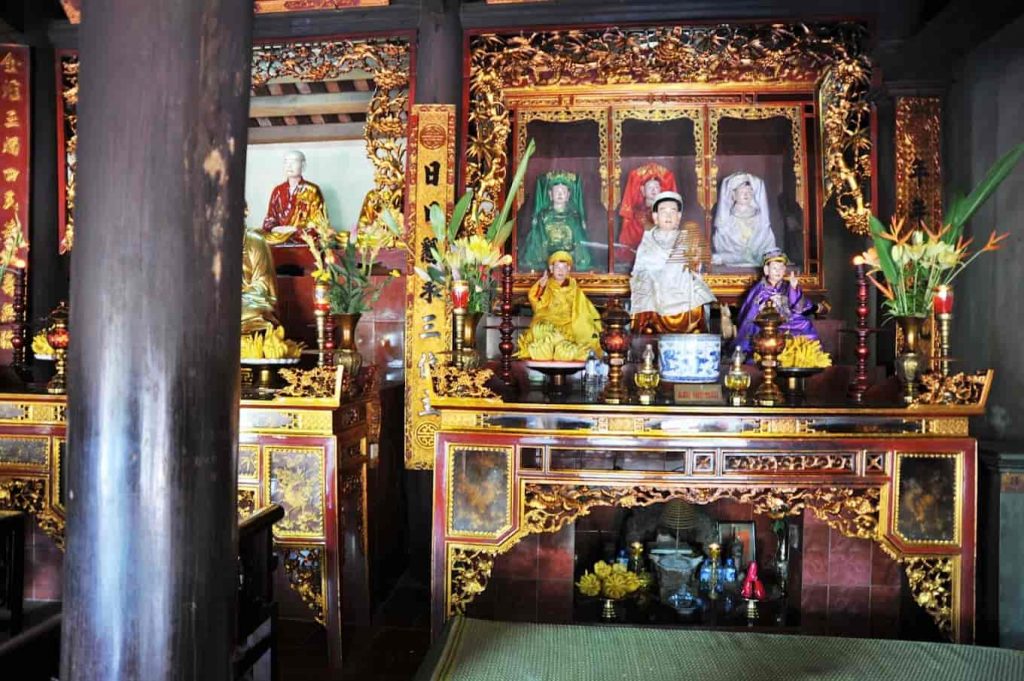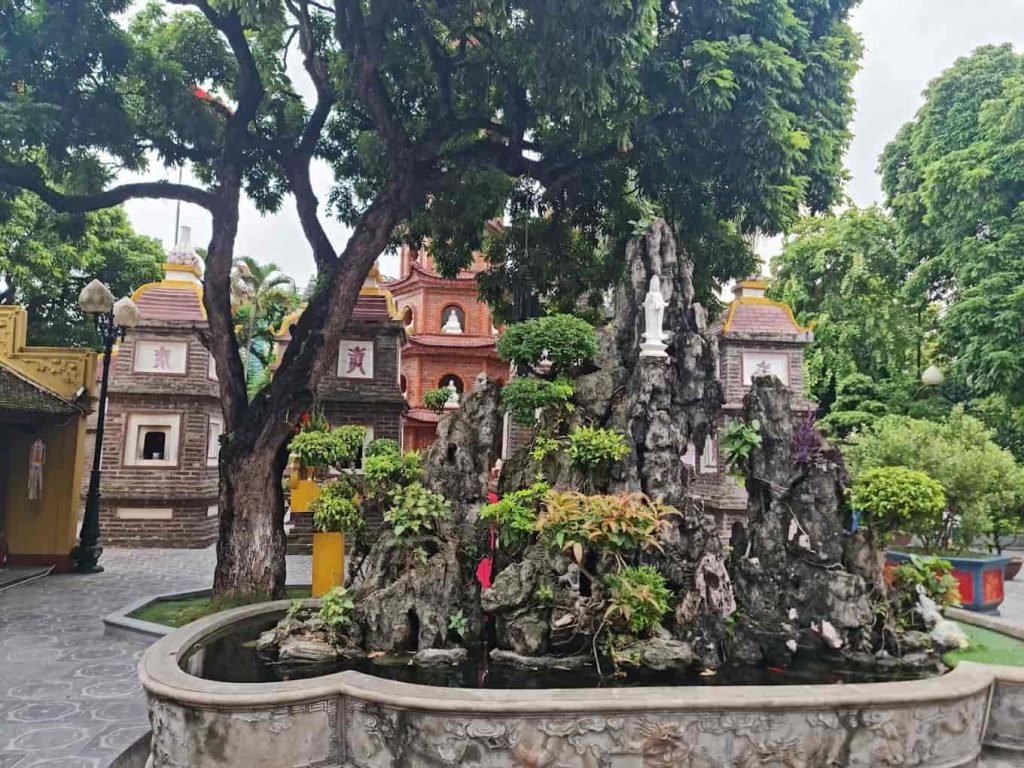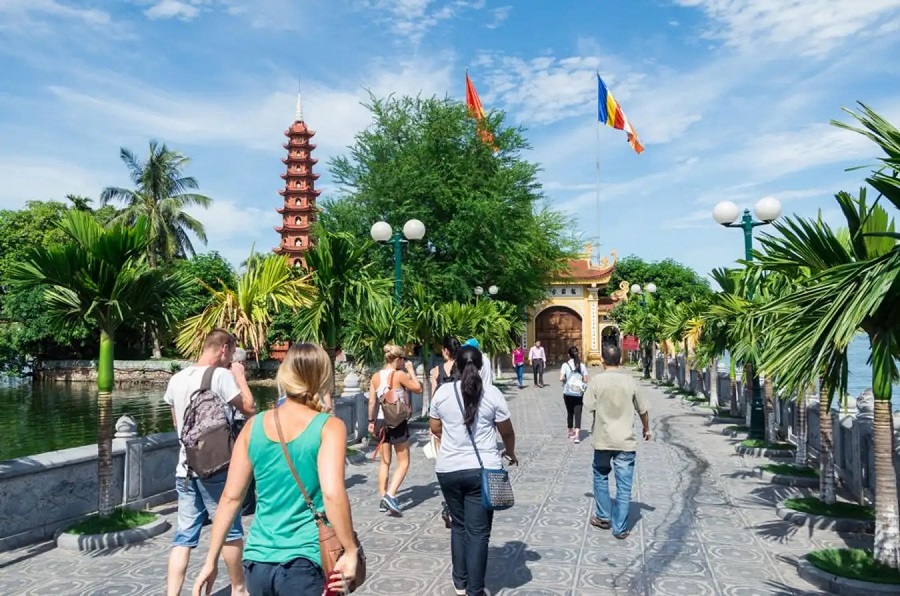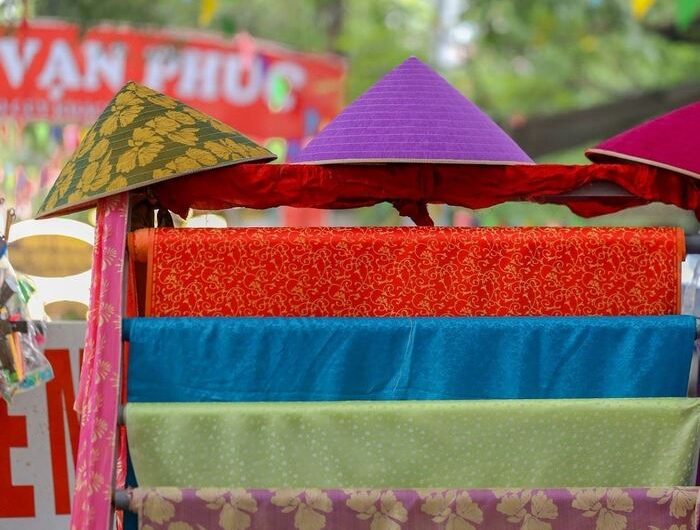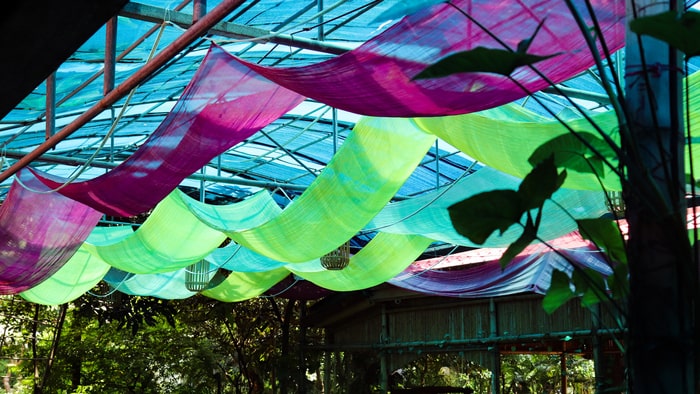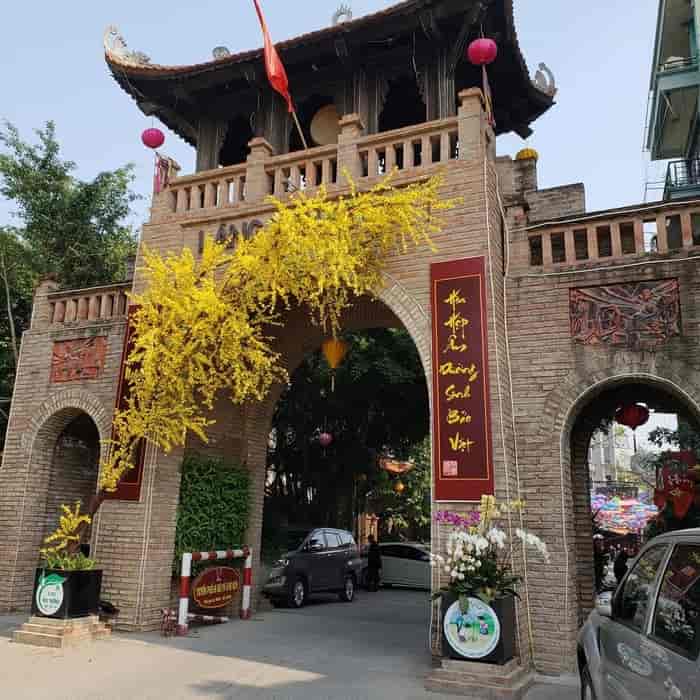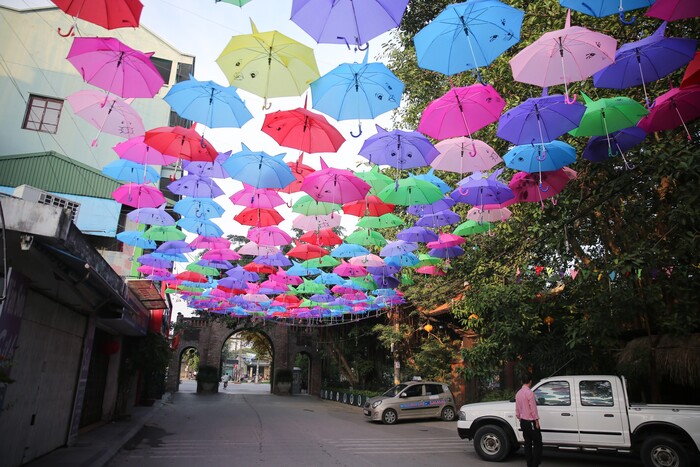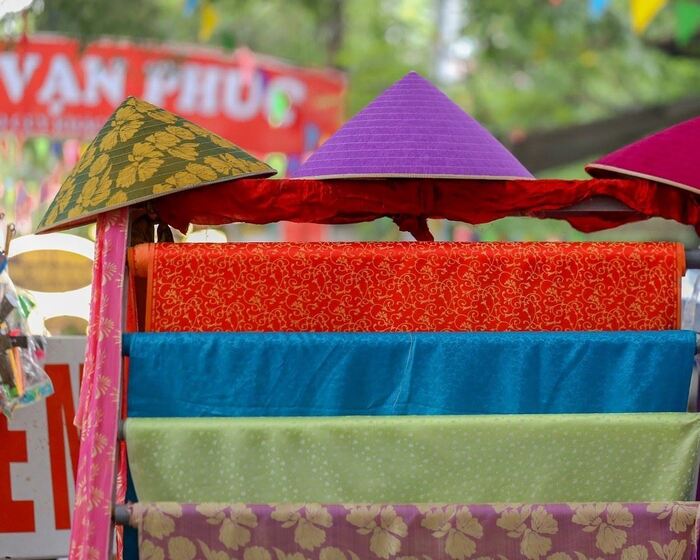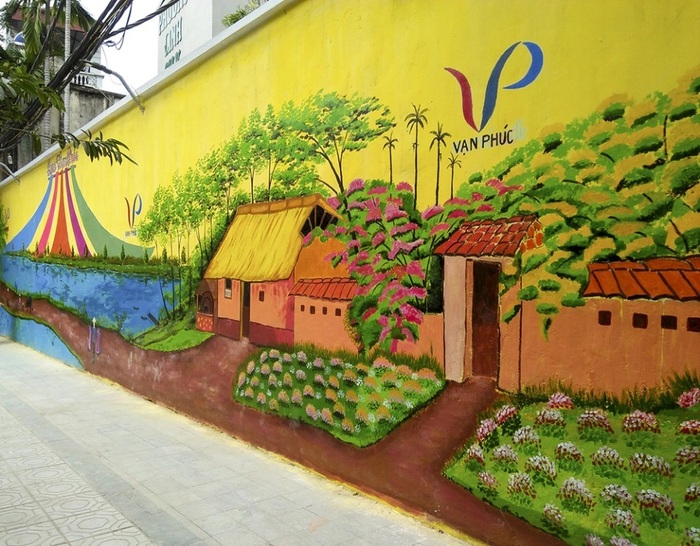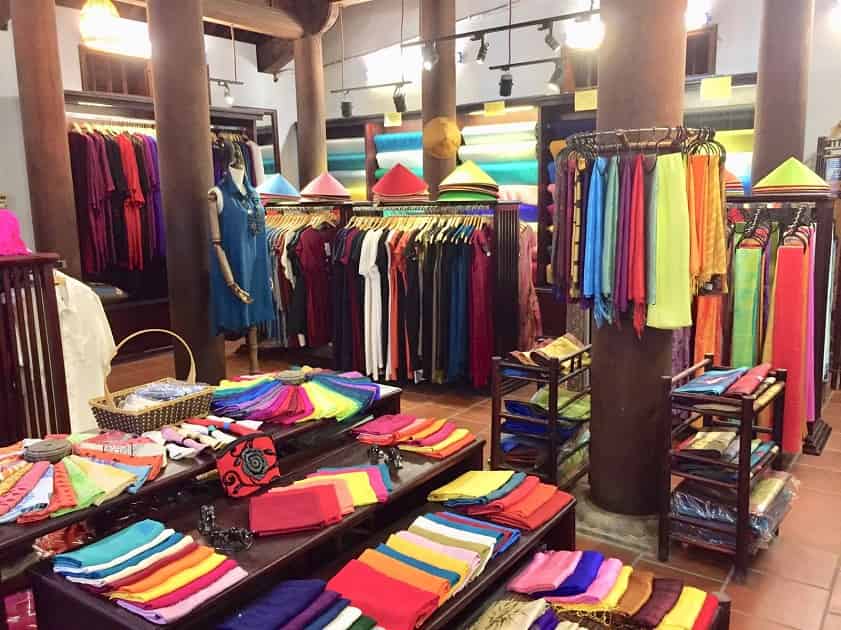In addition to many famous tourist attractions in Hanoi, Vietnam, the Imperial Citadel of Thang Long remains a must-visit in the capital city. Let’s explore the golden historical footprint that has persisted for thousands of years at the Imperial Citadel of Thang Long with DanangPrivateCar.com.
If you’ve ever been captivated by the solemn and majestic beauty of the Hue Imperial City, you definitely won’t want to miss the archaeological site of the Imperial Citadel of Thang Long in the capital. It’s a grand architectural marvel built across various feudal dynasties in Vietnam and is one of the most significant historical relics in Vietnam’s historical heritage.
Throughout its tumultuous history, the Imperial Citadel of Thang Long has been damaged and reconstructed on the old foundation several times, but most of the original structures no longer exist today. Nevertheless, the area of the Imperial Citadel of Thang Long remains the center of power for the entire nation and a major tourist attraction in Hanoi.
Introduction to the Imperial Citadel of Thang Long
The Imperial Citadel of Thang Long is an ensemble of historical relics associated with the history of Thang Long Hanoi, spanning from the pre-Thang Long period (7th century) through the periods of the Dinh-Le dynasties, experiencing significant development during the Ly, Tran, and Le dynasties, and eventually becoming Hanoi under the Nguyen dynasty.
This grand architectural complex represents one of the largest national defense fortifications of that era. It preserves many historical values of the nation, encompassing aspects of architecture, history, culture, and more. Some prominent relics that have been excavated and preserved to this day include the Flag Tower, Doan Mon Gate, Kinh Thien Palace, and the archaeological site at 18 Hoang Dieu Street.
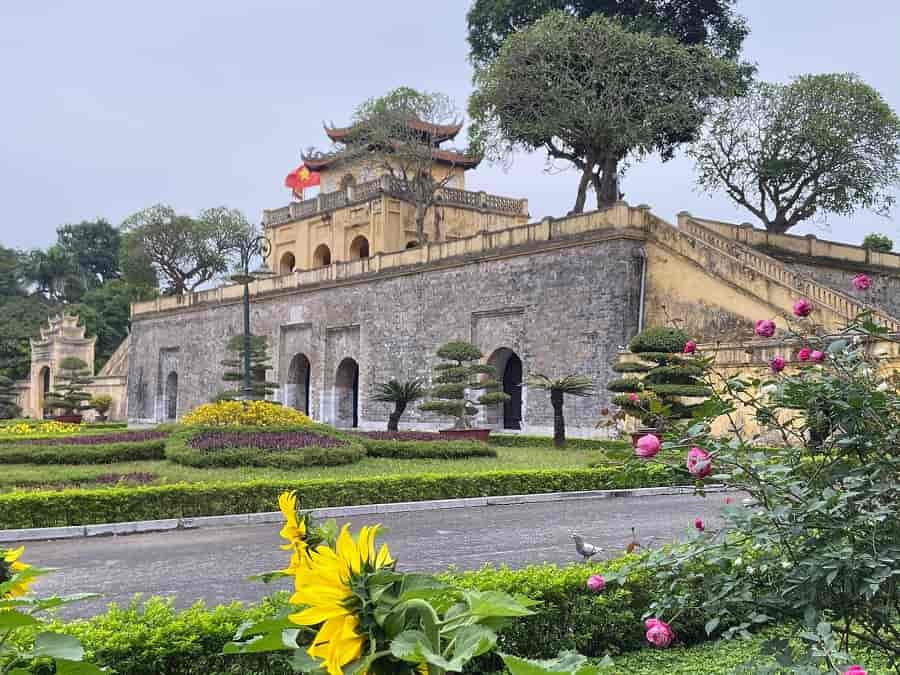
The Imperial Citadel of Thang Long holds a paramount position in Vietnam’s system of historical relics. On August 1, 2010, the UNESCO World Heritage Committee adopted a resolution recognizing the Central Sector of the Imperial Citadel of Thang Long – Hanoi as a World Cultural Heritage.
Today, this heritage site is a renowned tourist destination in Hanoi, beloved by both domestic and international visitors.
Tips for Visiting Hanoi’s Thang Long Imperial Citadel
Ticket Prices for Thang Long Imperial Citadel in Hanoi
- Adults: 30,000 Vietnamese Dong per person.
- Students and individuals over 15 years old (if they have a student ID), senior citizens (60 years and older) who are Vietnamese citizens (must present an ID card or any other document as proof of age): 15,000 Vietnamese Dong per person.
- Free admission for children under 15 years old and those with revolutionary contributions.
Note: Ticket prices for Thang Long Imperial Citadel in Hanoi are for reference and may change depending on the actual visit.
Opening Hours of Thang Long Imperial Citadel
Visiting hours:
- Every day of the week (closed on Mondays).
- Open from 8:00 AM to 5:00 PM daily.
How to Get to Thang Long Imperial Citadel
To visit Thang Long Imperial Citadel, you can go to the main entrance at 19C Hoang Dieu Street. From the center of Hanoi, you can easily reach the historical site using various means of transportation, such as motorcycles, taxis, cars, or buses. If you choose to take the bus, you can catch bus route 22, which stops in front of the entrance to the Imperial Citadel.
Alternatively, if you want a fast, safe, and time-efficient option, you can consider renting a private car in Hanoi through DanangPrivateCar.com. They offer door-to-door service, flexible departure times, professional drivers, and well-equipped vehicles, ensuring you have the most comfortable experience when visiting Thang Long Imperial Citadel in Hanoi.
Interesting Aspects of Thang Long Imperial Citadel Tour
Explore Unique Structures at the Thang Long Imperial Citadel Complex
The Thang Long Imperial Citadel complex today includes several unique architectural structures, each carrying an ancient and majestic beauty, along with enduring historical stories:
Hanoi Flag Tower – Ky Dai
The Hanoi Flag Tower (Ky Dai) was built in the early 19th century during the Nguyen dynasty. The tower stands at a height of 60 meters and comprises 3 tiers: Tier 1 is 3.1 meters tall, Tier 2 is 3.7 meters tall, and Tier 3 is 5.1 meters tall.
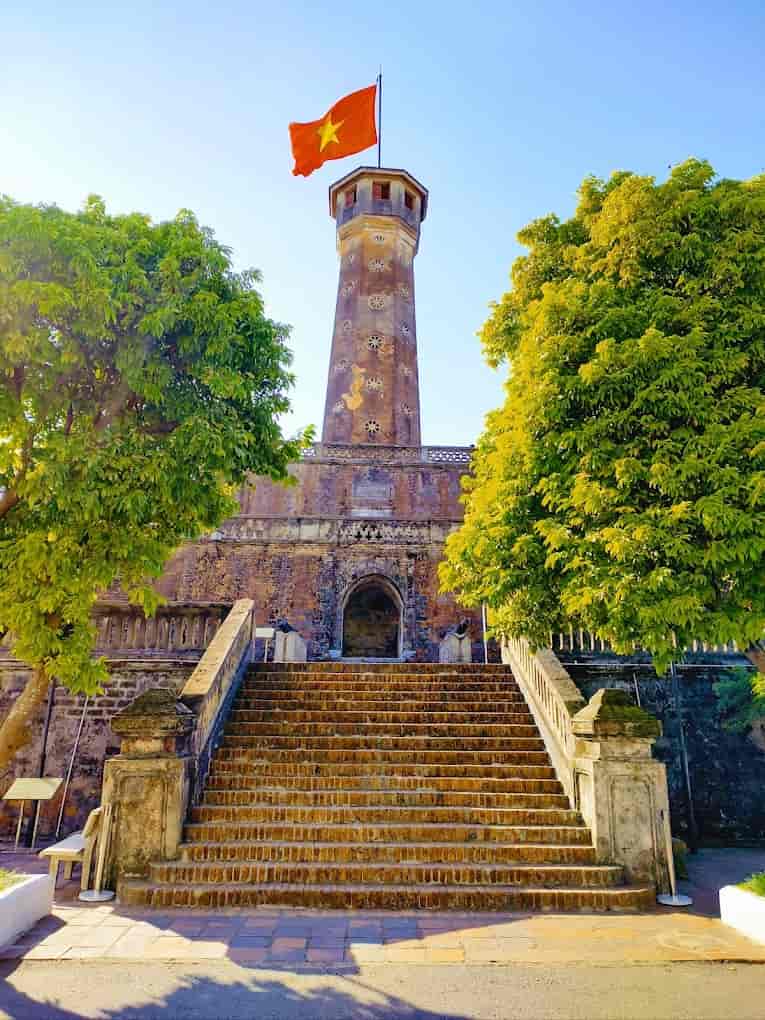
In addition, there is a flagpole that reaches a height of 18.2 meters. There are spiral staircases and observation windows between the tiers.
Foundation of Kinh Thien Palace
Kinh Thien Palace is located in the central part of the Thang Long Imperial Citadel, with the remaining architectural elements being stone foundations and terraces leading to the main palace.
Kinh Thien Palace was constructed in 1428 and was considered “one of the masterpieces of Annamite architecture.” However, it was demolished by the French colonial authorities in 1886 to build an artillery command headquarters. What remains today are the foundation stones of Kinh Thien Palace and two dragon-themed stone terraces.
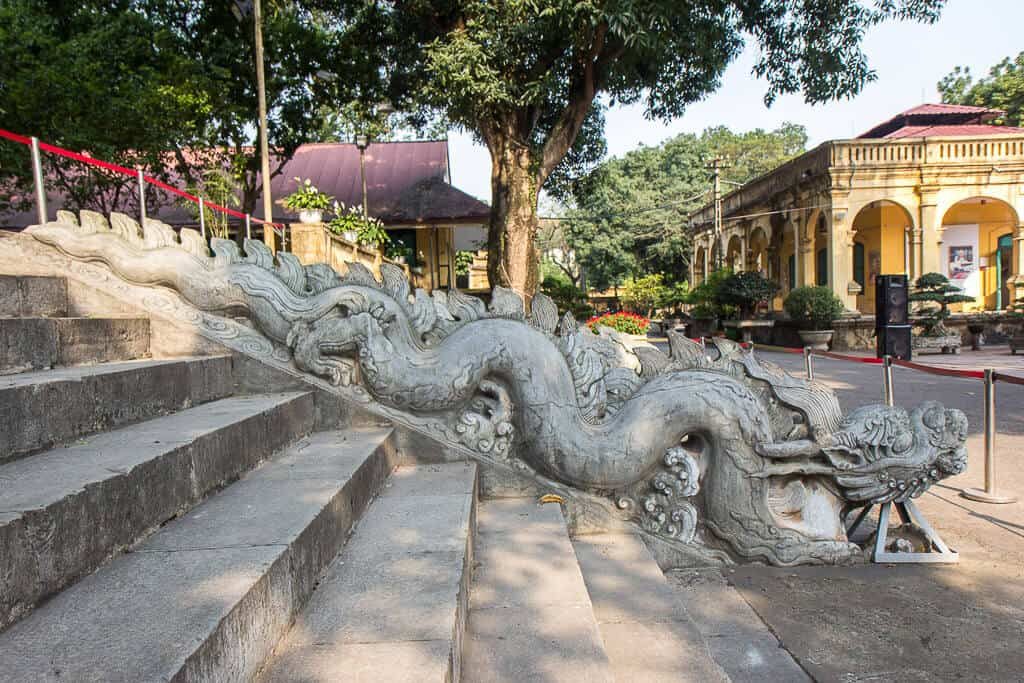
The highlight of this historical site is the four stone dragons at the palace’s terraces, meticulously carved in the 15th century during the reign of King Le Thanh Tong, representing the architectural style of the Ly Dynasty.
The Dragon Terraces consist of 9 stone steps with 3 paths, with the main path reserved for the King and the two sides for court officials. The two central dragons have 7 coils and 5 claws on each foot. These artifacts are extremely valuable and symbolize the robust and enduring cultural heritage of the nation.
Cua Bac – Main North Gate
Also known as Bac Mon or the Northern Gate, Cua Bac was built in the 19th century during the Nguyen dynasty. This gate was originally designed for guarding the ancient city. Today, Cua Bac is a place of worship for two national heroes, General Nguyen Tri Phuong and Hoang Dieu.
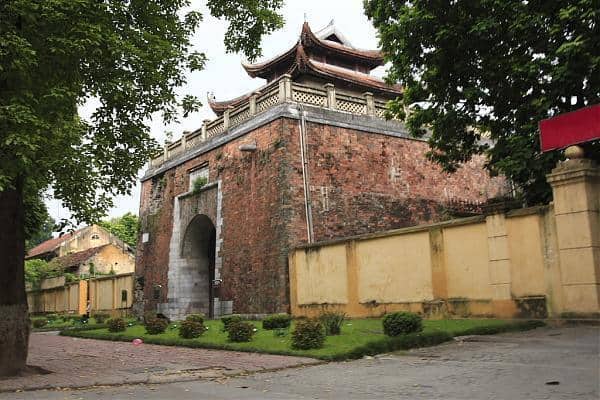
Hau Lau – Princess’s Residence
Hau Lau, also known as Tinh Bac Lau, Princess’s Residence, or Pagoda of the Ladies, is an iconic image of Thang Long Imperial Citadel. The architecture that remains intact from the past reflects the historical and cultural significance of this site. Originally, Hau Lau served as a place of worship and feng shui defense for the Hanoi Imperial Citadel. Over time, it also became the residence of princesses and queens.
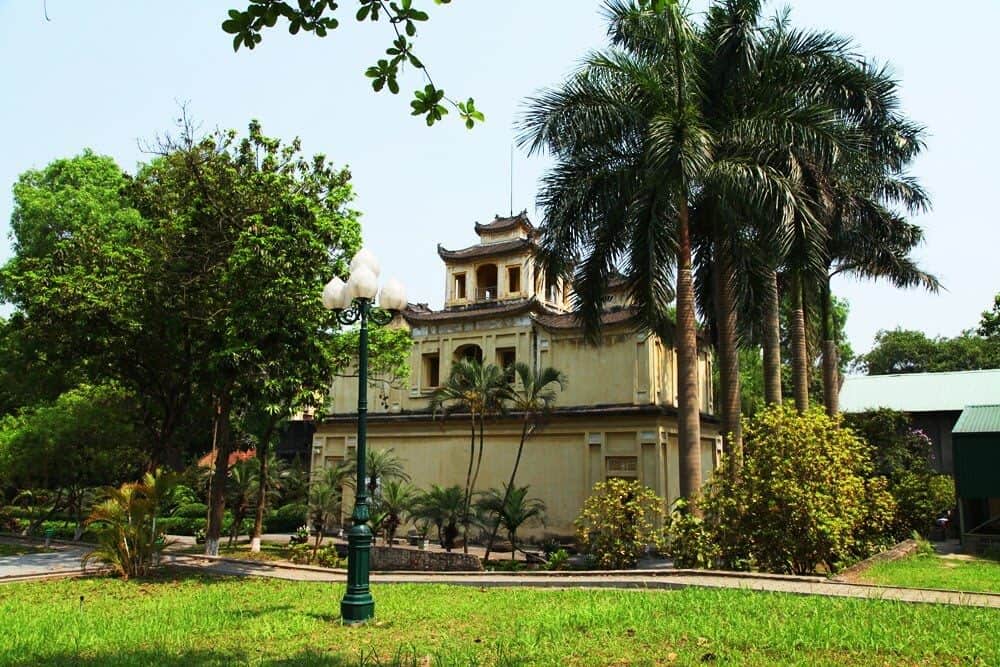
D67 House and Bunker
House D67 is a historical relic from the resistance against the United States during the Vietnam War. It served as a place where important decisions by the Central Military Party, the Ministry of Defense, and the Central Military Commission were made, including strategic decisions like the Tet Offensive in 1968 and the liberation of South Vietnam in 1975.
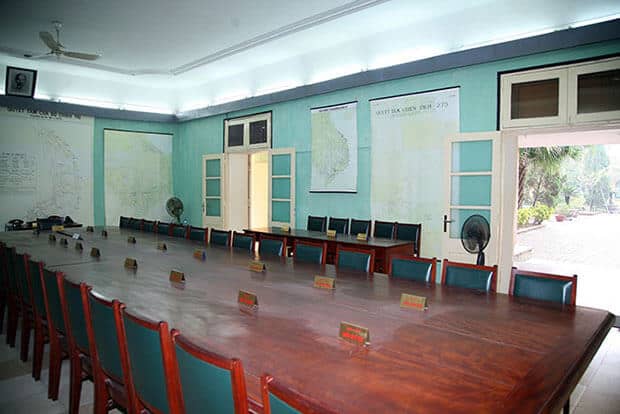
This house, designed in 1967, is known as House D67.
Doan Mon
Doan Mon is the inner gate leading to the Forbidden City, the residence and workplace of the king and the royal family. Originally, it was called Ngoc Mon Lau and was built during the Ly Dynasty, but its current architecture is from the Le Dynasty, with renovations and repairs made during the Nguyen Dynasty.
Doan Mon is a crucial gate, and between Doan Mon and Kinh Thien Palace lies the Long Tri, where important political and religious ceremonies took place.
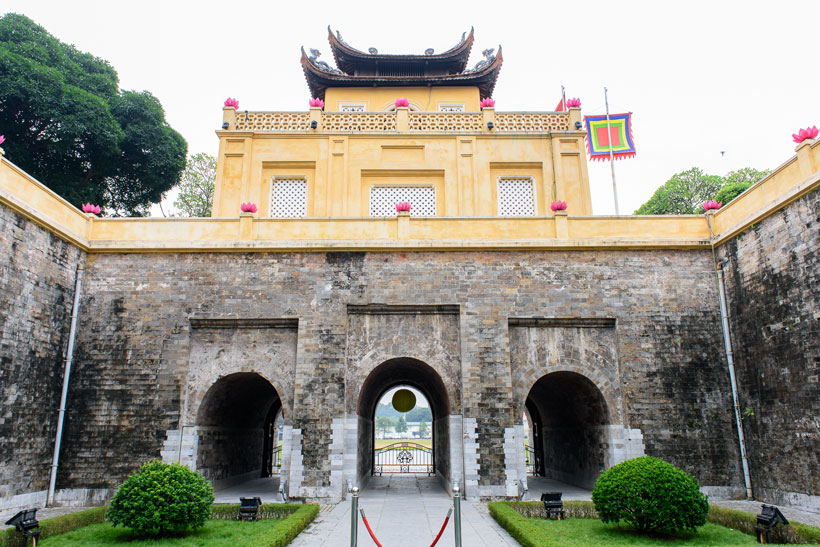
Doan Mon is relatively well-preserved, built horizontally in a U-shape with a length of 46.5 meters from east to west, and a middle section measuring 13 meters from south to north. The two wings are 26.5 meters long and 6 meters high.
The primary architectural feature is a winding vault gate with three arches. The central gate, the largest, was reserved for the king, while the four smaller gates on the sides were for officials and courtiers to enter and exit the Forbidden City.
Wall and Eight Gates of the Nguyen Dynasty
According to Dai Nam’s unification records: In 1805, when building Hanoi according to Vauban-style fortifications, the Nguyen dynasty built a wall from Doan Mon Gate around the Inner Palace to create a working and resting area for the king during North Weeks.
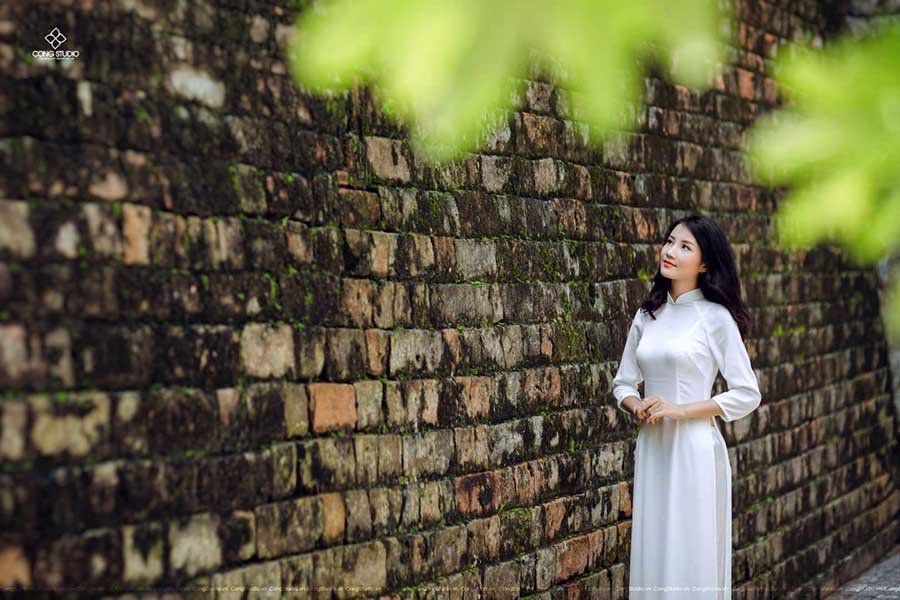
Today, within the ancient citadel, there are eight gates and the wall of the Inner Palace, made of red bricks. This area was once the political and military center of the Nguyen Dynasty’s administration.
French Colonial Architectural Structures
A set of French colonial-style architectural structures in the Hanoi Old Citadel area were built at the end of the 19th century and the beginning of the 20th century. These include the French artillery commander’s headquarters, a two-story building constructed in 1897 and currently used as the Office of Military Affairs. There are also two one-story buildings built in 1897.
To the east of the Office of Military Affairs, there is a guesthouse constructed in 1930, featuring a steeply pitched tile roof and a broad veranda, representing the distinct architecture of that period.
Greenery within the Historical Site
The extensive greenery with a dense and diverse variety of plants creates a serene environment and a harmonious landscape in the historical site.
Most of the trees were planted in the 19th century, and many have matured into ancient specimens. They add to the sense of antiquity and reverence within the Central Sector of Thang Long Imperial Citadel in Hanoi.
Archaeological Site at 18 Hoang Dieu
The archaeological site at 18 Hoang Dieu is located to the west, about 100 meters from the Kinh Thien Palace foundation and 170 meters from Doan Mon Gate.
At this location, the archaeological site is clearly identified as being to the west of the Forbidden Palace (the center of the Imperial Citadel). The Forbidden Palace was the administrative and cultural center of the dynasties, where the most important national ceremonies took place, and the center for the work and residence of the king and the royal family throughout the Ly, Tran, and Le dynasties.
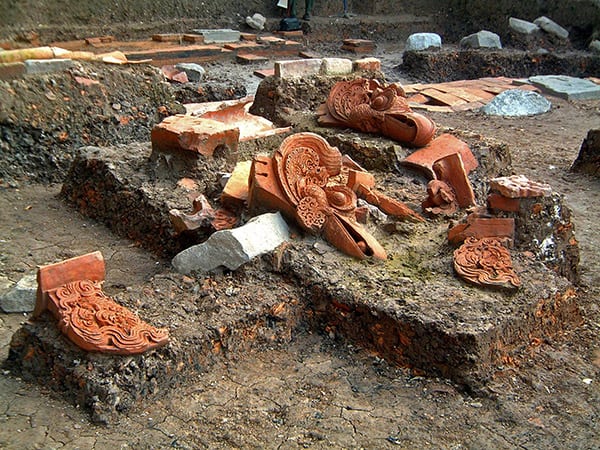
The archaeological site covers an area of 4,530 square meters and has been excavated since December 2002. It is divided into four areas labeled A, B, C, and D.
In this area, many foundations of wooden architectural structures of significant scale and various types of artifacts with historical value have been discovered. These artifacts include architectural decoration materials, ceramics, metal objects, wooden objects, and animal bones, spanning from the 7th to the 19th century, with hundreds of different patterns.
Experience the Fascinating “Decoding Thang Long Imperial Citadel” Tour
The “Decoding Thang Long Imperial Citadel” is an evening tour that attracts a large number of visitors. The tour lasts for 90 minutes, starting from Doan Mon Gate and proceeding to the archaeological area. Departure times are at 6:00 PM, 6:30 PM, and 7:00 PM every Saturday and Sunday. During the tour, visitors can admire the enchanting royal court atmosphere illuminated by lanterns and learn about ancient dynasties through architectural marvels, valuable artifacts, and the grace of courtly dances.
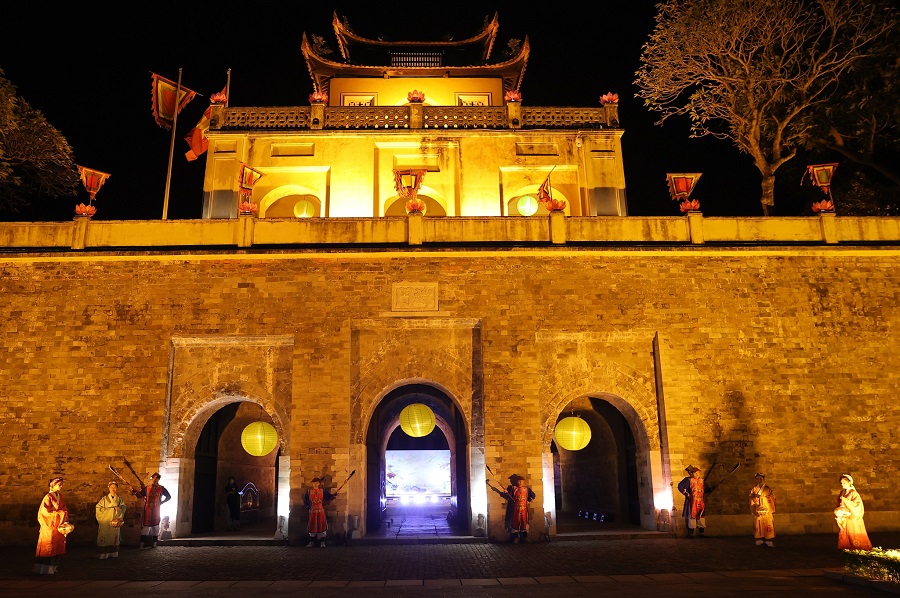
Check-in at the Archaeological Site of Thang Long Imperial Citadel
Visitors to the Thang Long Imperial Citadel complex can explore numerous ancient artifacts, visit the old well, and check in at the archaeological area on 18 Hoang Dieu Street. This area is divided into four main sections, preserving relics from various historical periods. The Thang Long Imperial Citadel is also a popular spot for taking beautiful photos in Hanoi, and many people choose to capture impressive images here while dressed in traditional costumes like ao dai.
Attend Various Exhibitions
The central area of the Thang Long Imperial Citadel regularly hosts a wide range of historical, artistic, and archaeological events and exhibitions. This provides an opportunity for visitors to gain valuable knowledge and have interesting experiences. Therefore, Thang Long Imperial Citadel is an extremely beneficial place for students and those seeking enriching experiences in Hanoi.
Some other places near Thang Long Imperial Citadel
Combining Your Visit with Fun Activities in Central Hanoi: To make the most of your time and have a diverse experience, consider combining your visit to Thang Long Imperial Citadel with exploring other famous destinations in central Hanoi. Here are some recommended places to consider:
- Hanoi Opera House: This grand French colonial building is not just an architectural wonder but also hosts various cultural performances. Check out the schedule for concerts or shows during your visit.
- Ho Chi Minh Museum: Located near the Mausoleum, this museum provides a deep insight into the life and achievements of Ho Chi Minh, a prominent figure in Vietnamese history.
- Temple of Literature: This ancient temple is not only a beautiful place to explore but also holds historical significance as Vietnam’s first national university.
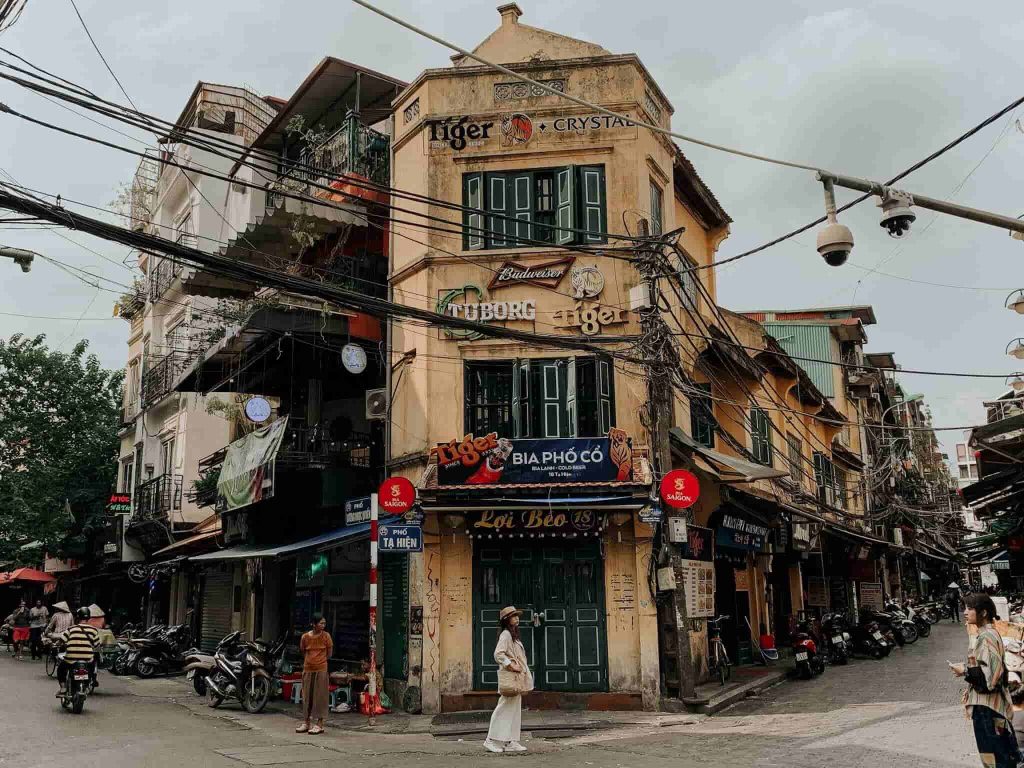
- Hanoi Old Quarter: Wander through the narrow streets of the Old Quarter to experience the vibrant local culture, try street food, and shop for souvenirs.
- Hoan Kiem Lake: Take a leisurely stroll around this picturesque lake, visit Ngoc Son Temple, and perhaps even witness locals practicing tai chi in the morning.
By combining your visit to Thang Long Imperial Citadel with these attractions, you can create a well-rounded and unforgettable experience of Hanoi, encompassing both its rich historical heritage and its modern cultural vibrancy. Enjoy your time exploring this fascinating city!
Rules for Visiting Thang Long Imperial Citadel in Hanoi
Follow the guided tour map within the historical site.
Do not bring weapons, explosives, flammable materials, hazardous substances, and foul-smelling items into the historical site.
Wear neat and appropriate attire. Avoid uncivilized behavior such as using profanity, graffiti on walls or trees, and disrupting the order within the historical site. Vehicles, including cars and motorcycles, must be parked in the designated areas (at 19C Hoang Dieu).
Be conscious of protecting the historical relics and artifacts, maintain environmental cleanliness, and dispose of trash in the designated containers. Do not climb trees, break branches, pluck fruits, or walk on grassy areas.
Groups or organizations in need of guided tours should contact the Information and Guided Tour Office for assistance. Individuals or entities wishing to film or produce videos must have proper documentation and obtain the consent of the management of the Thang Long – Hanoi Heritage Conservation Center.
Do not use lightweight aerial devices (flycams) within the heritage site.
Above are the details about Thang Long Imperial Citadel – a precious historical and cultural heritage of the Vietnamese people. If you have the opportunity to visit Hanoi, don’t forget to explore this historical site, where you can visit the structures, artifacts, learn about the history, and capture unforgettable moments in the ancient royal court.

